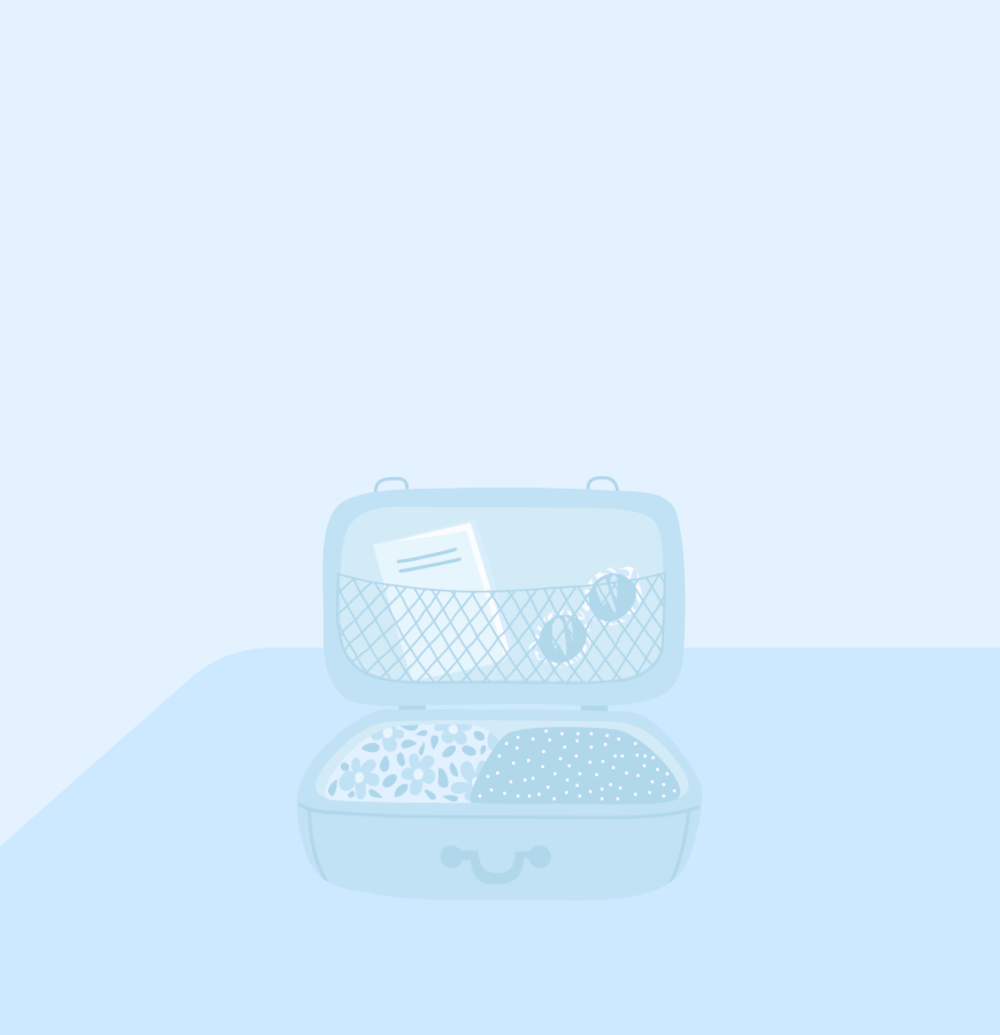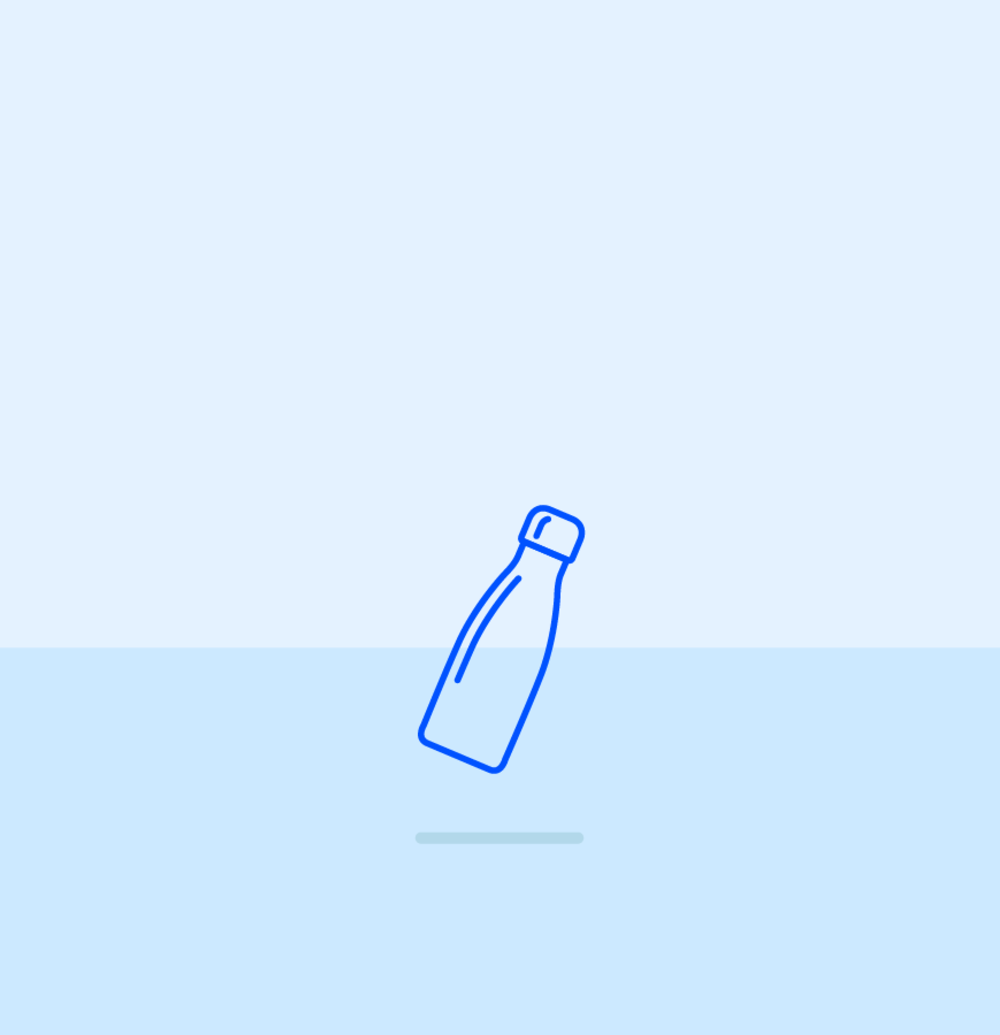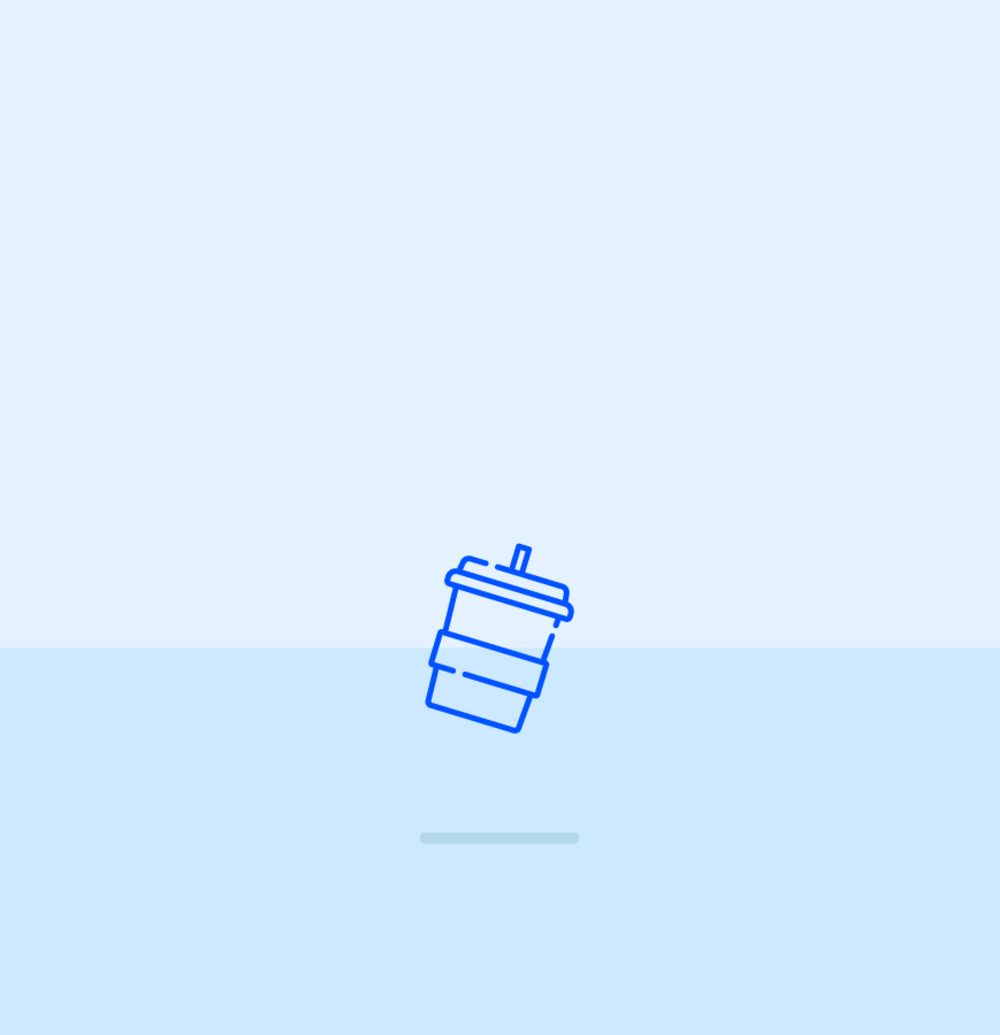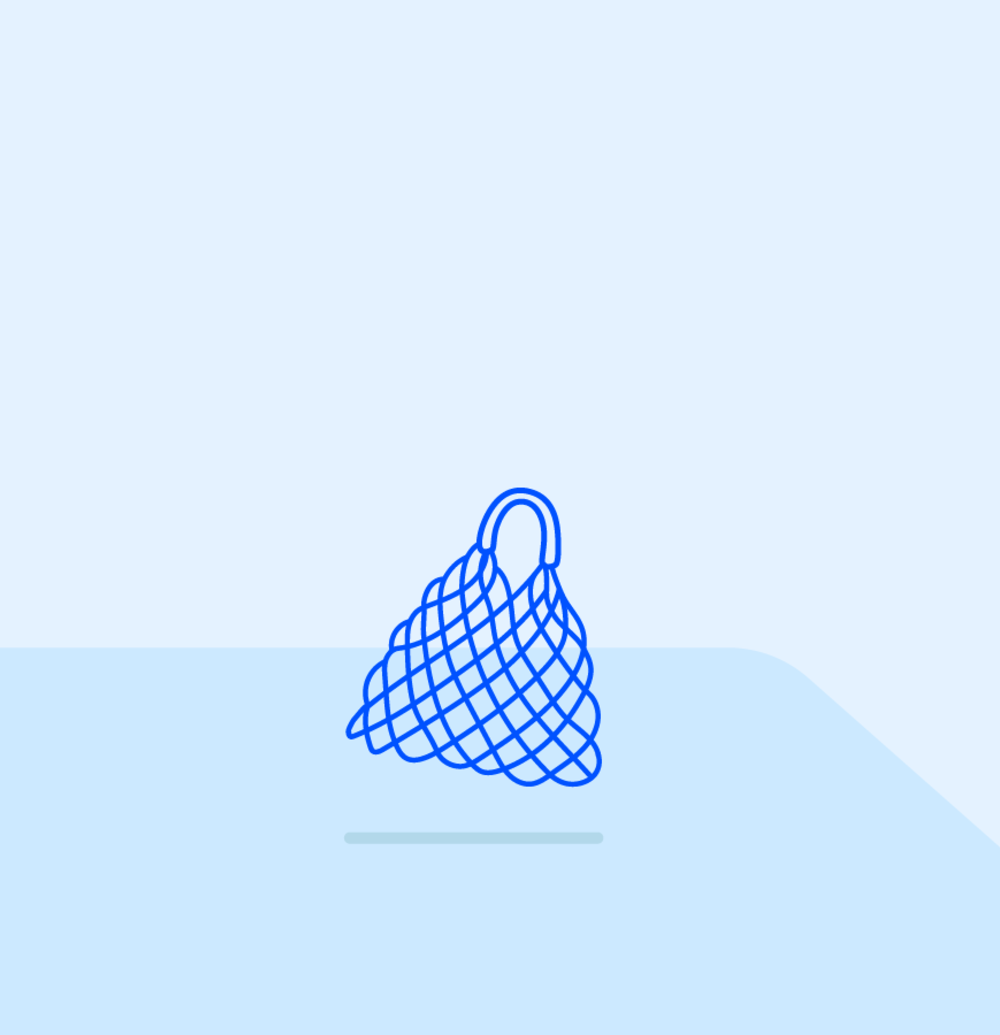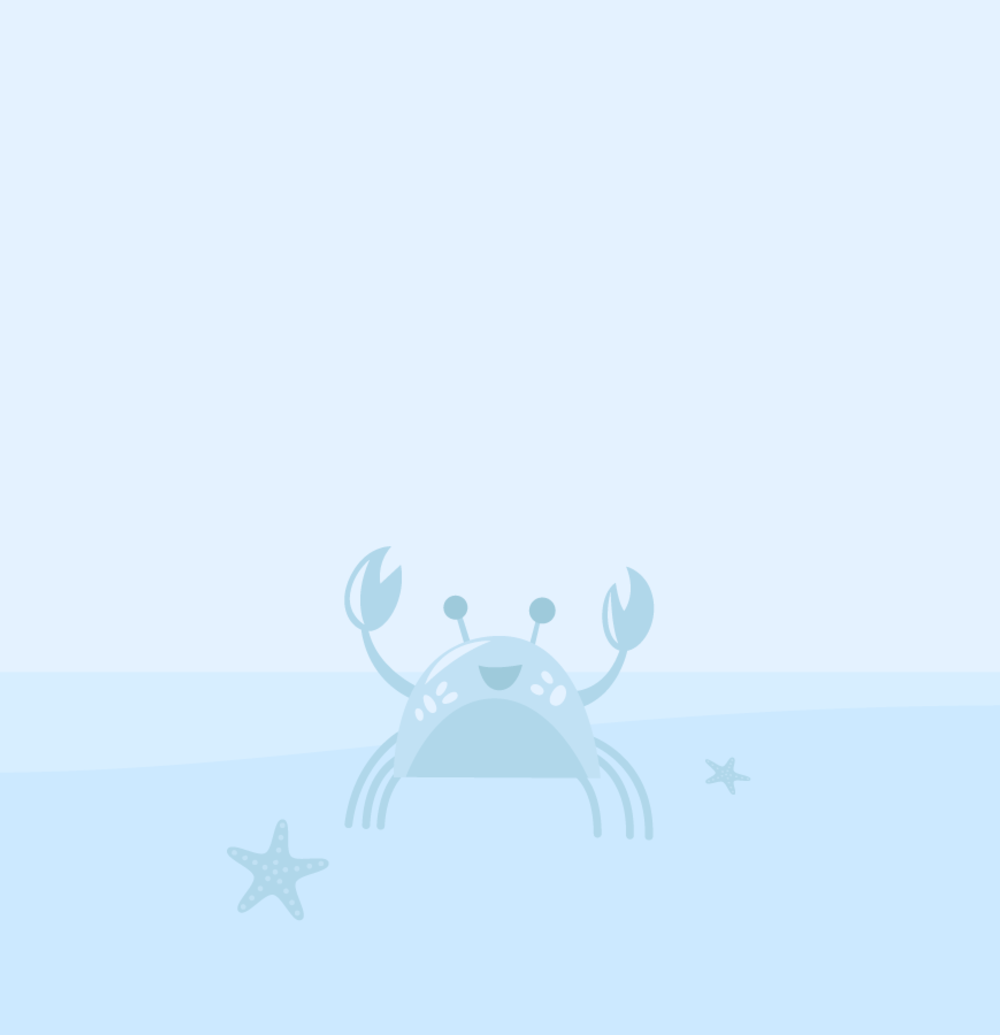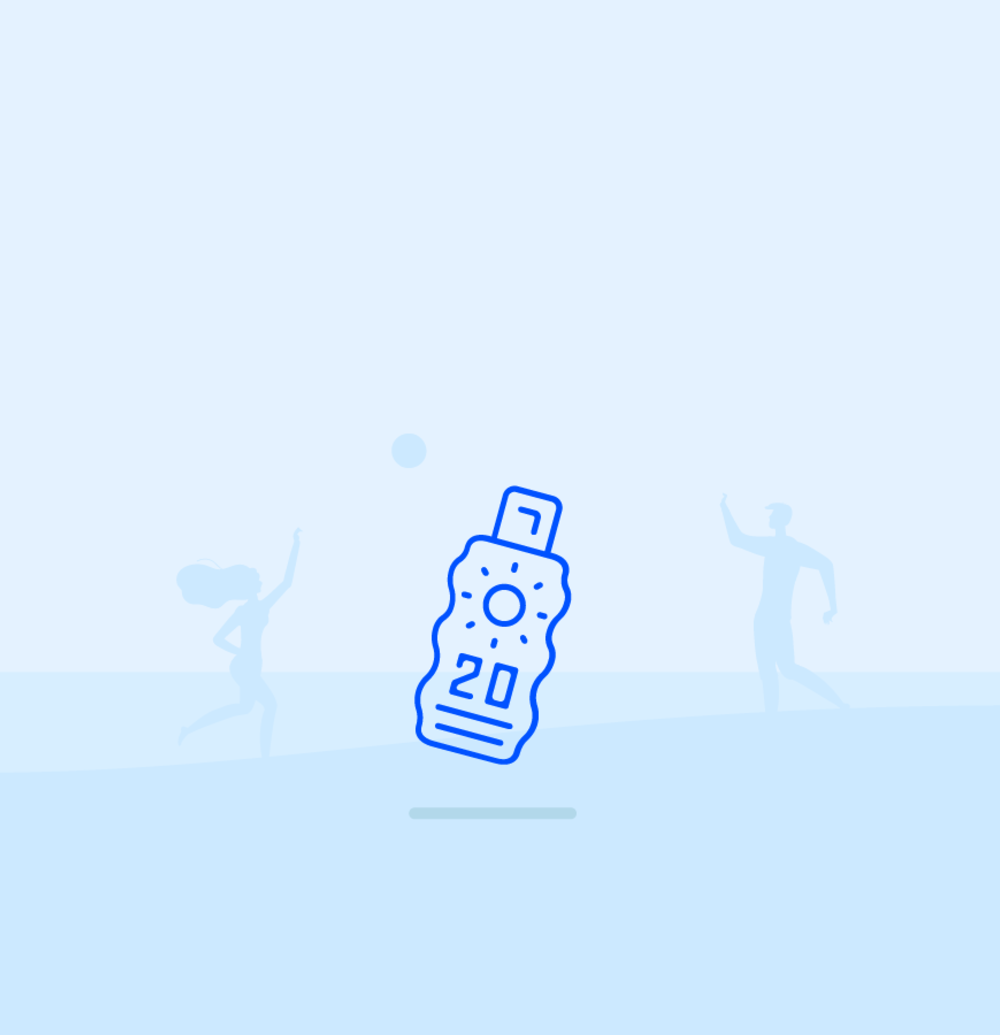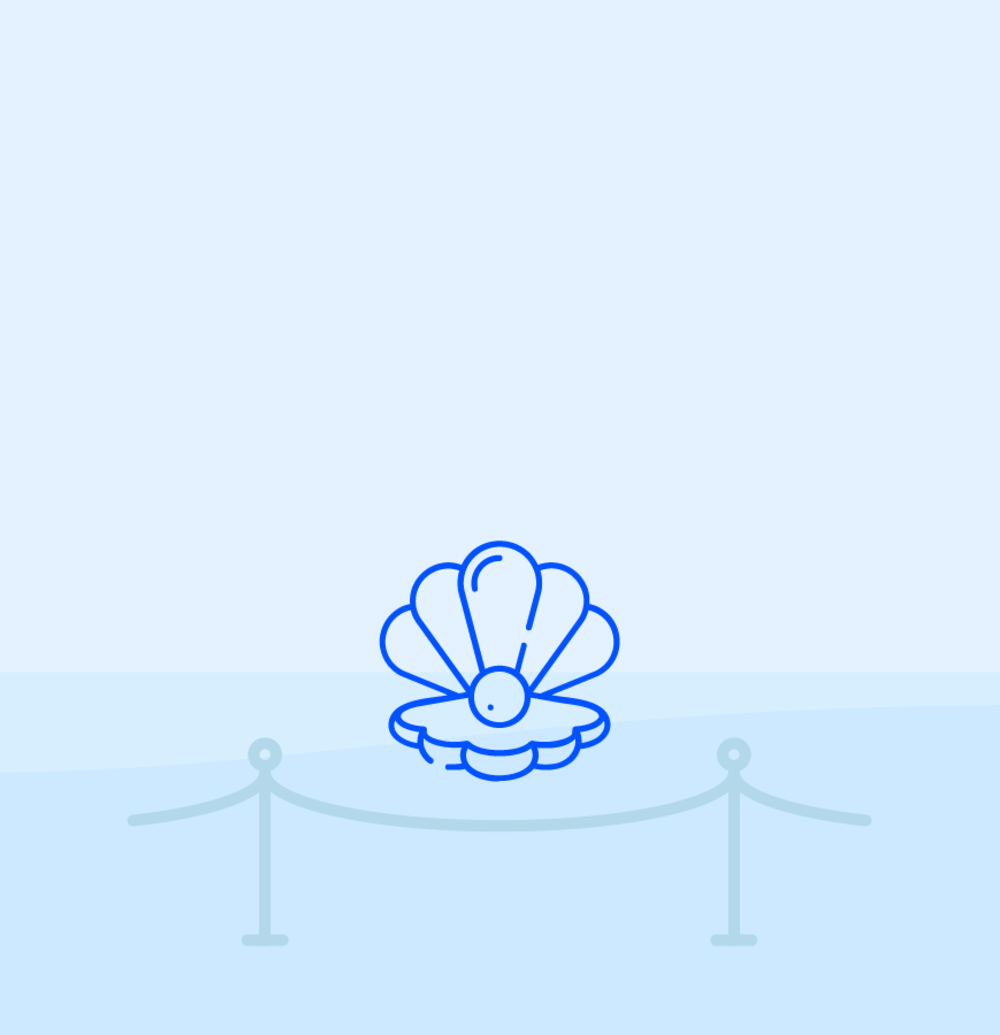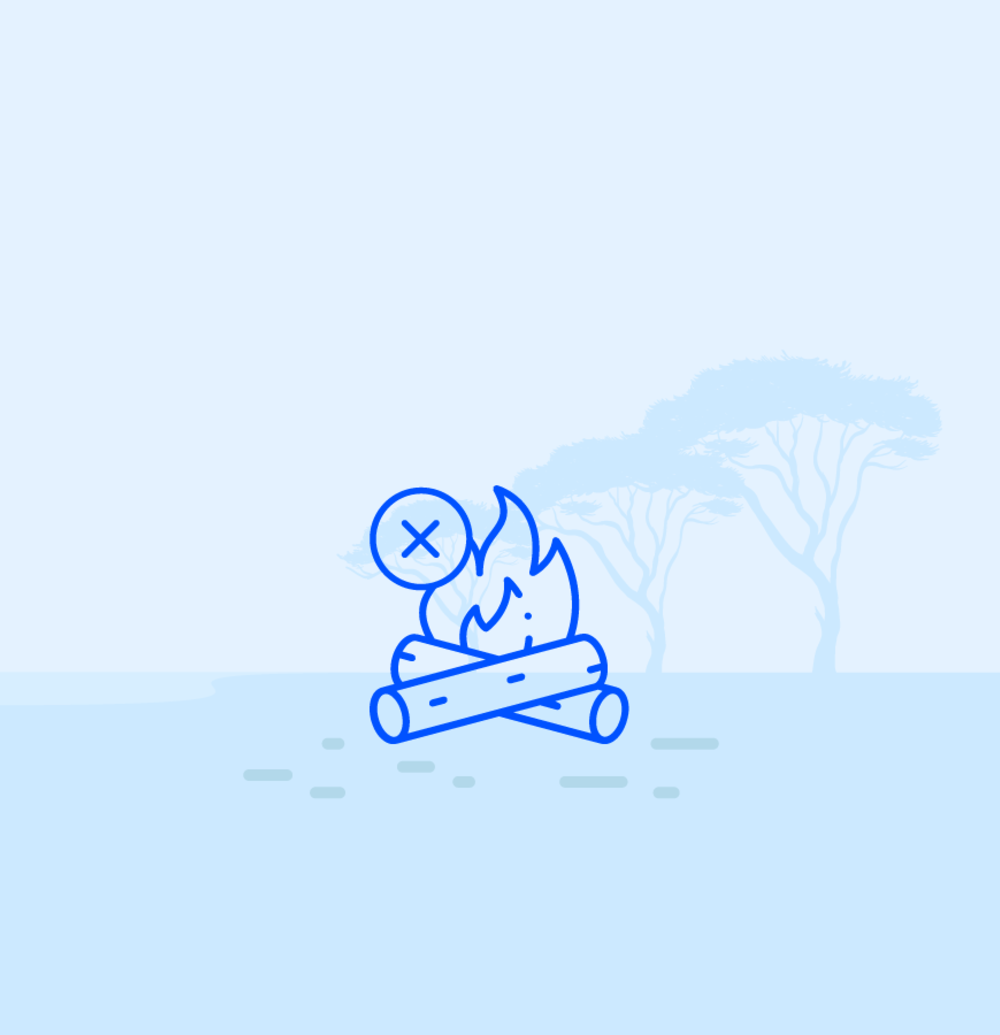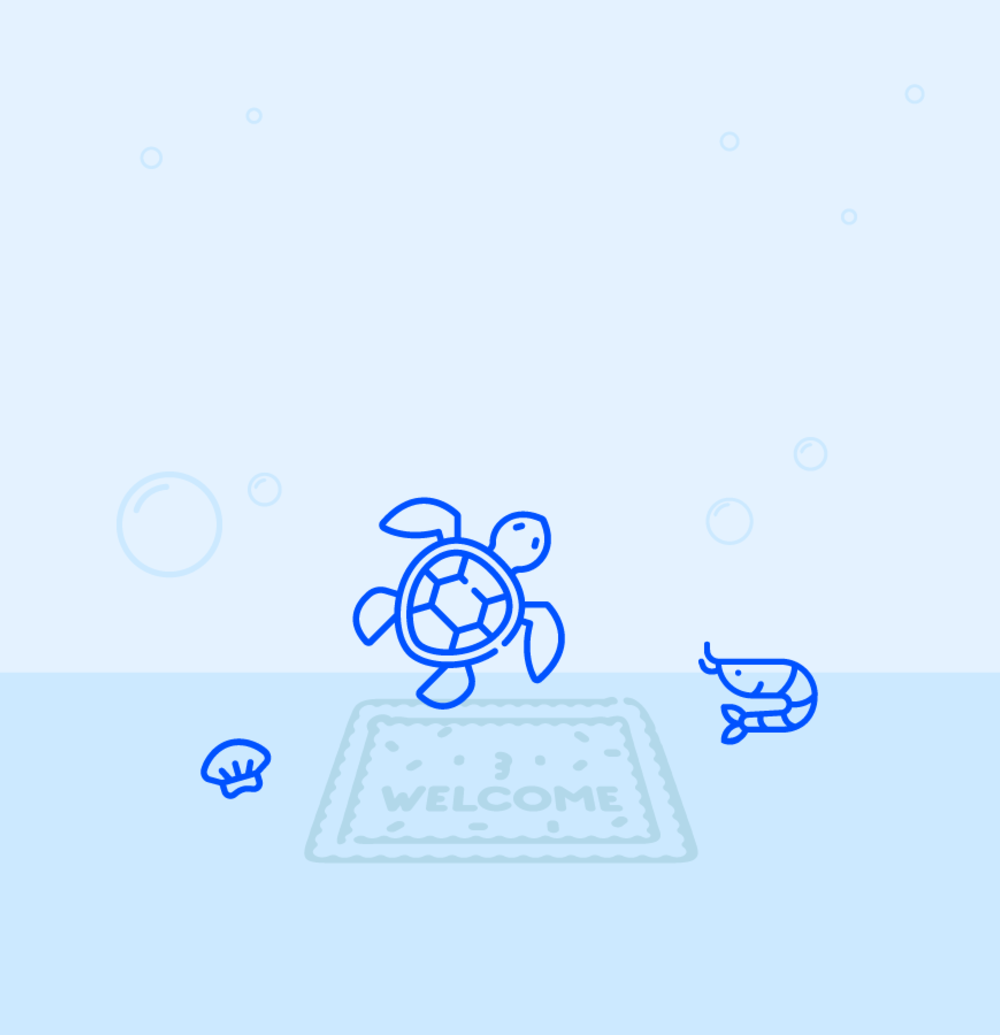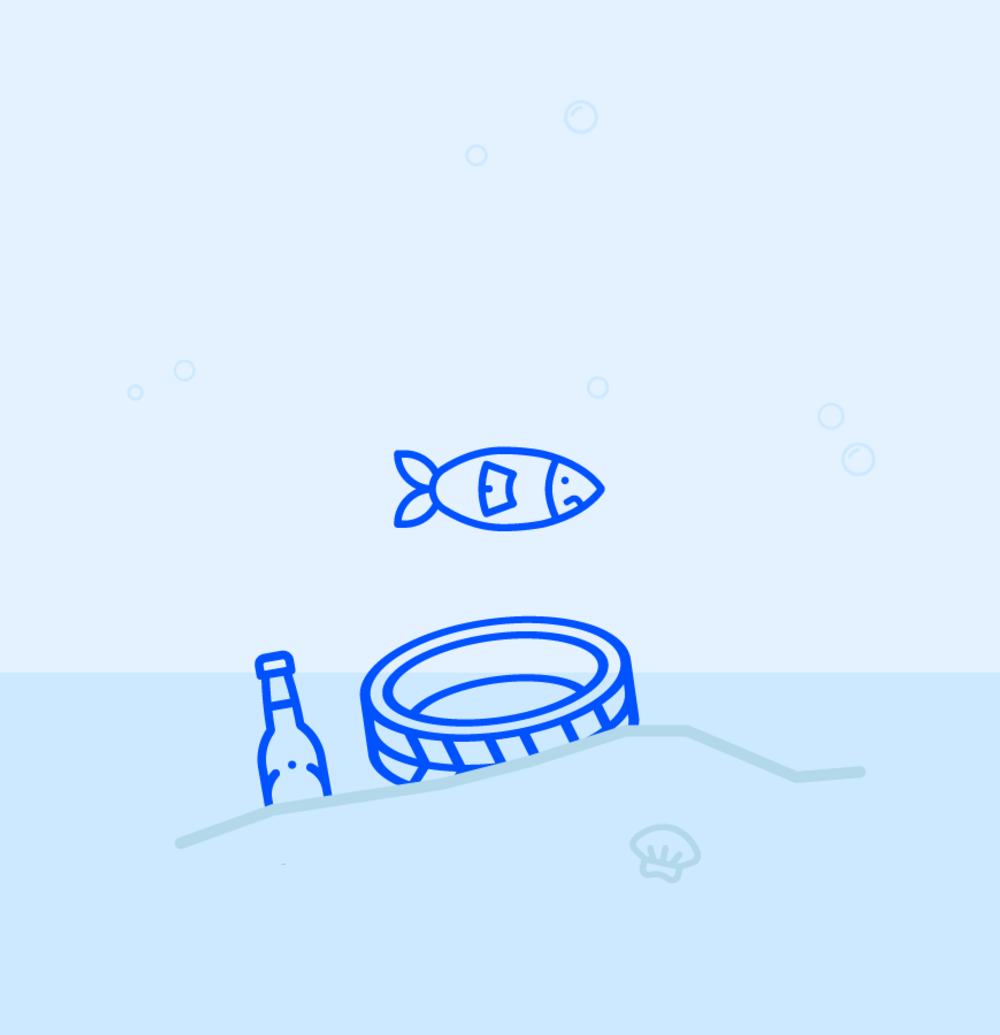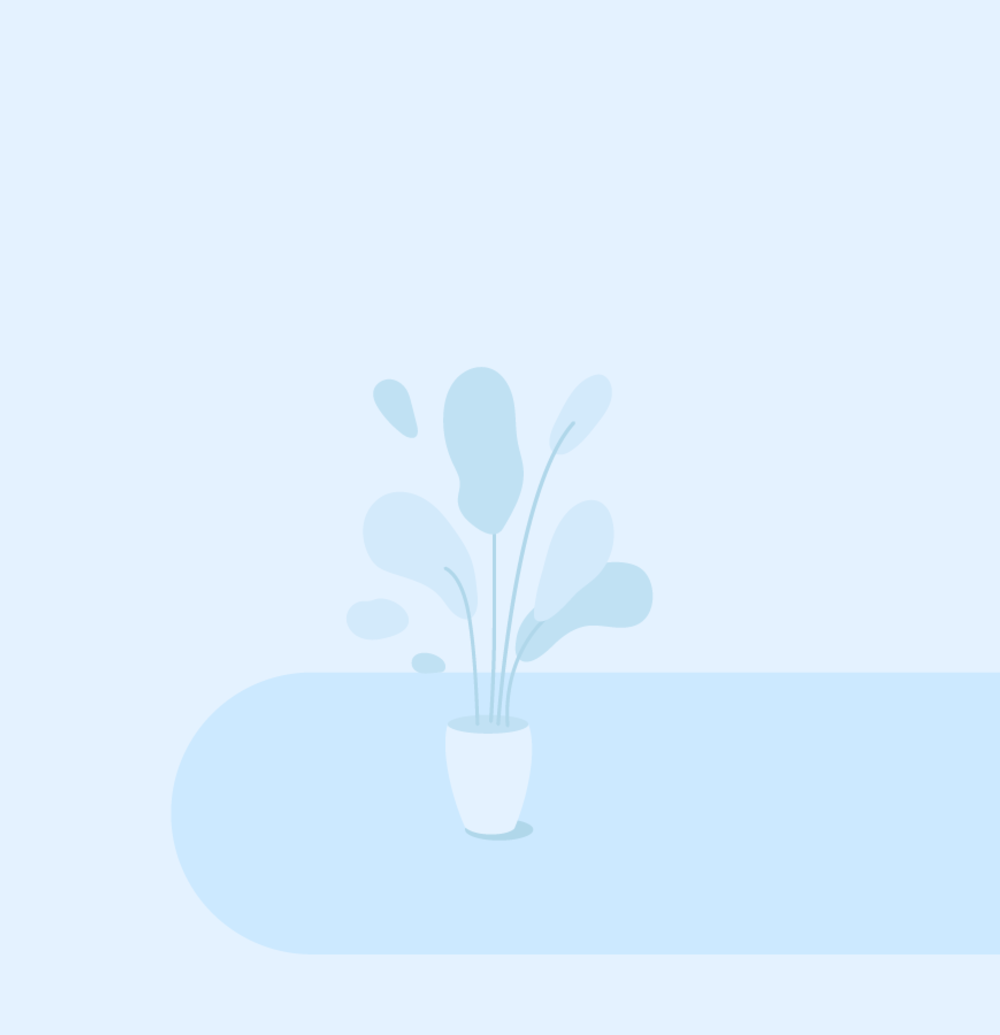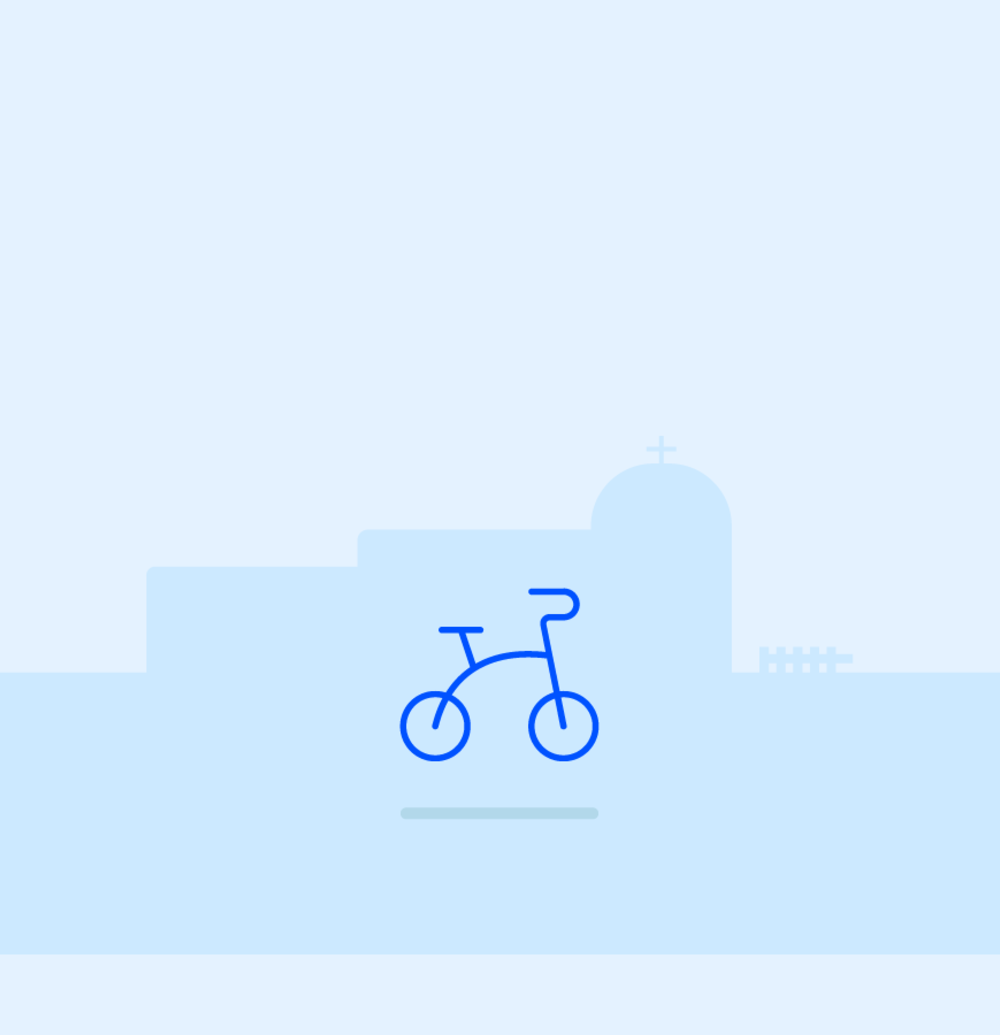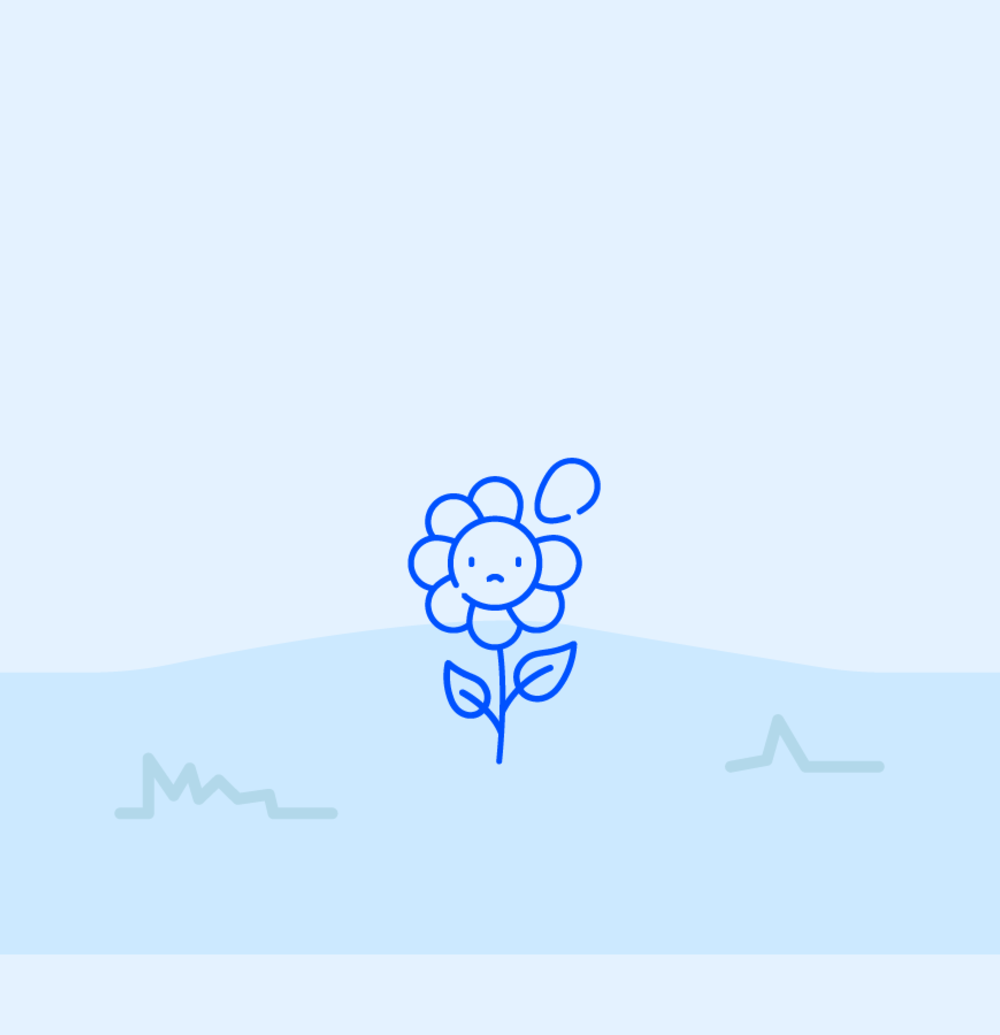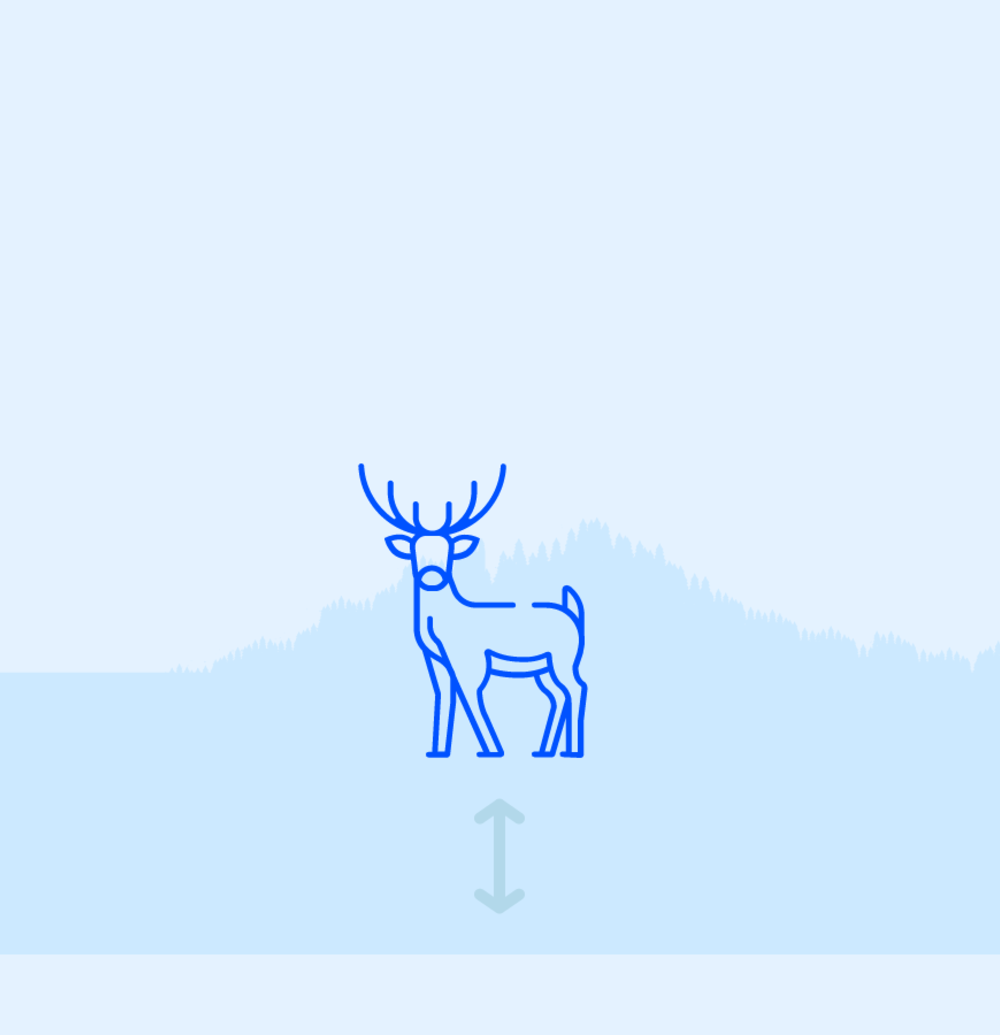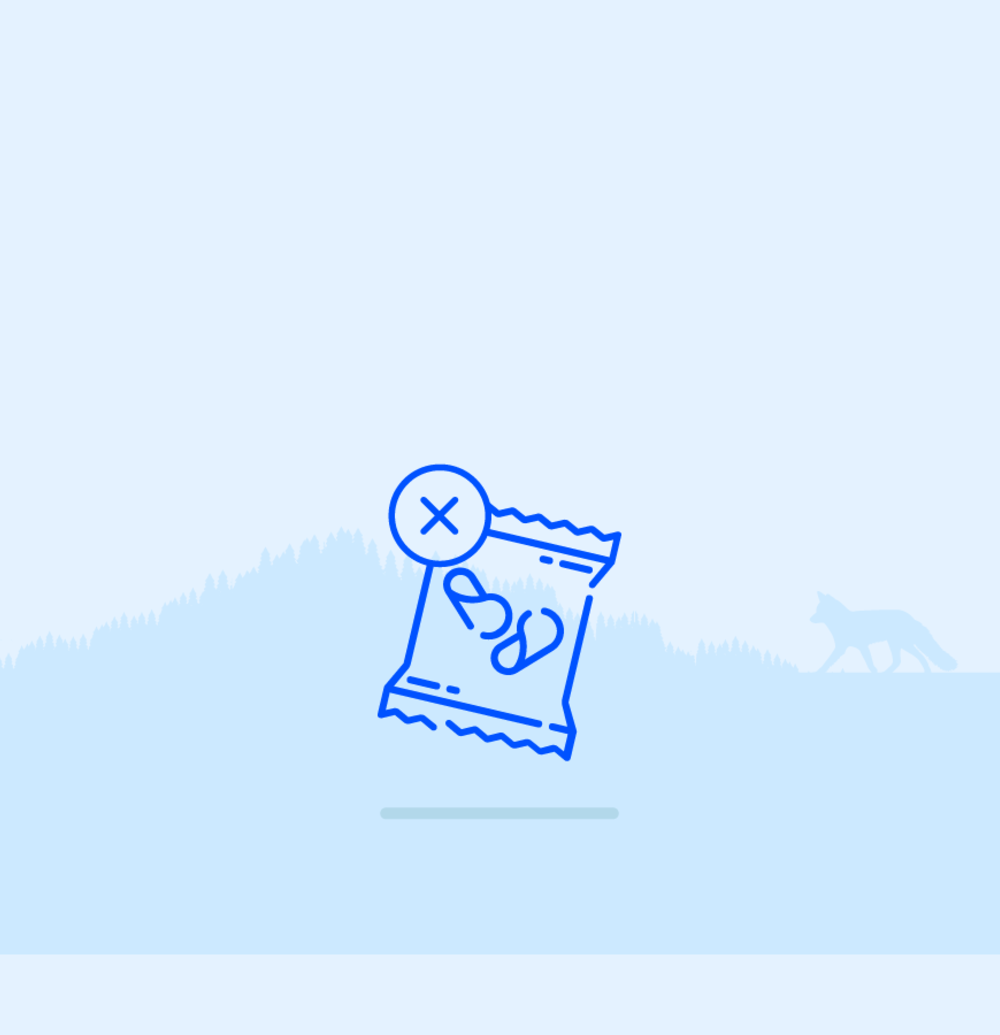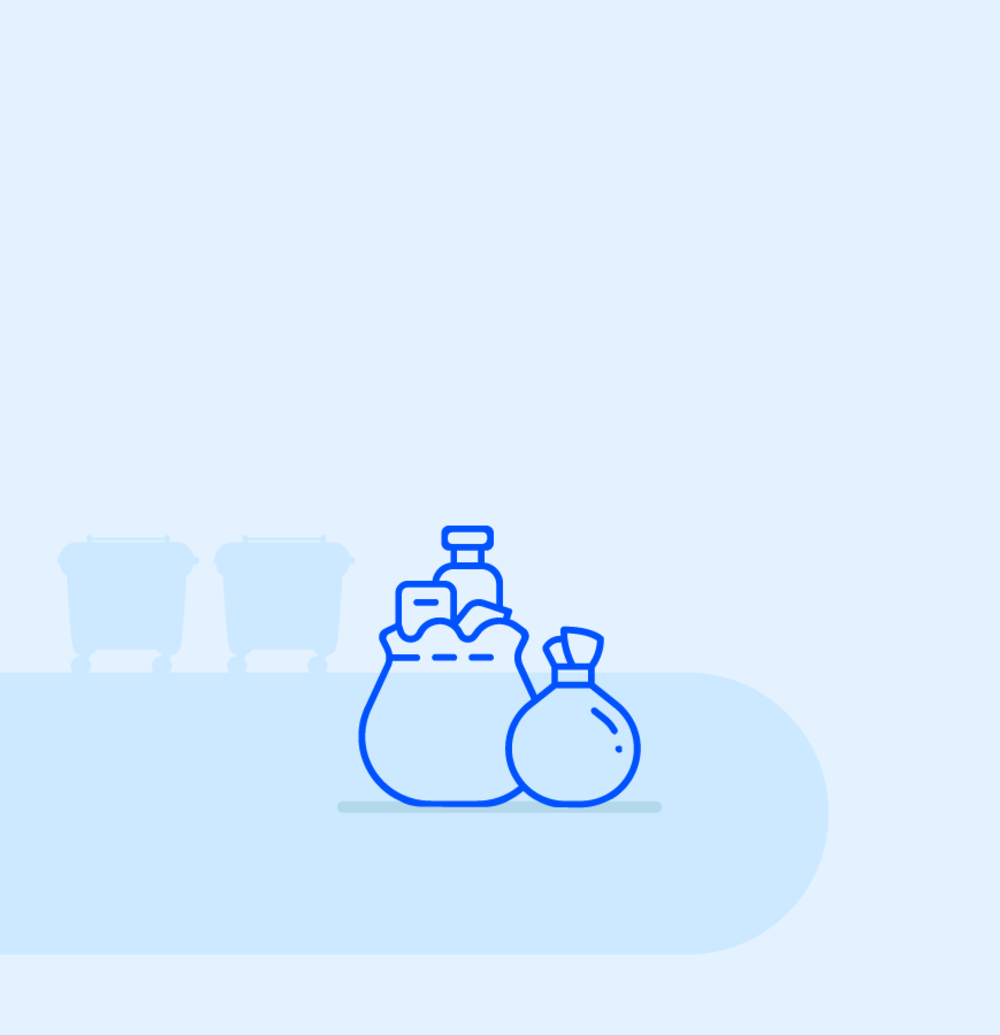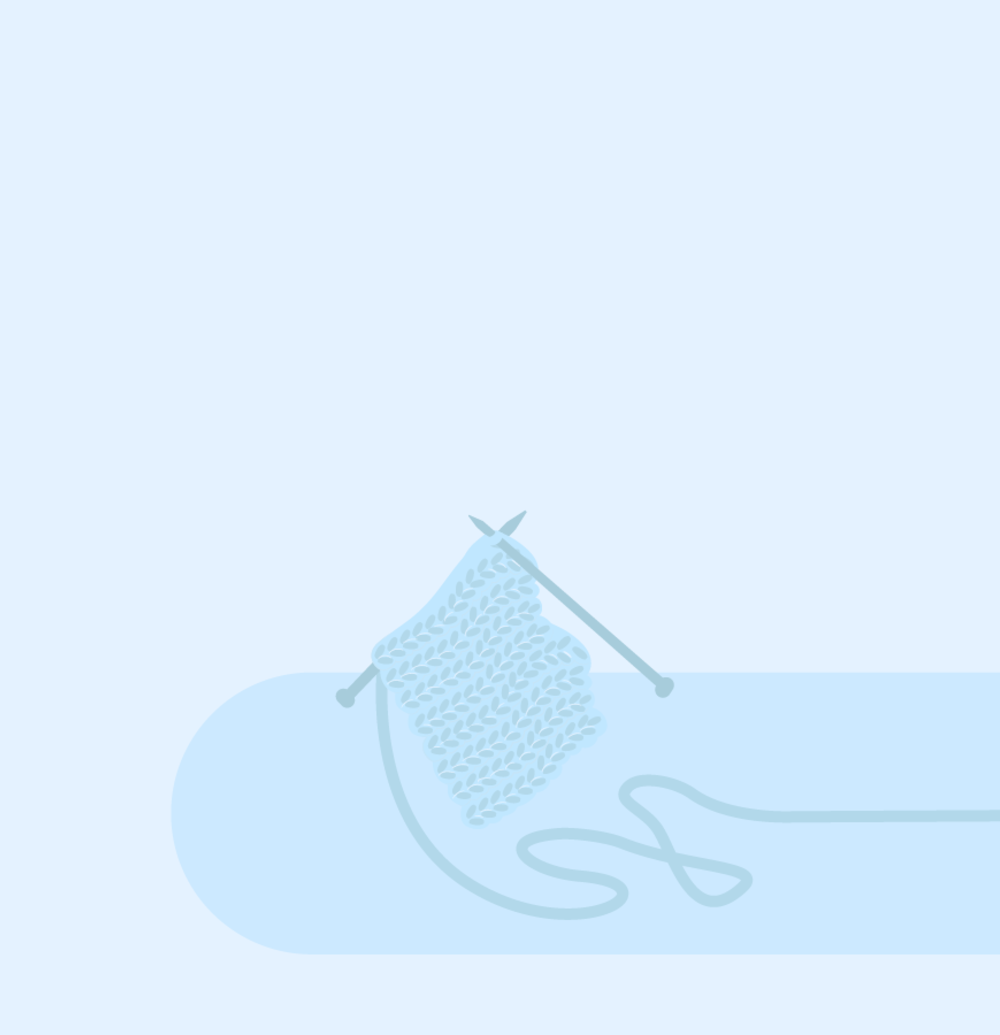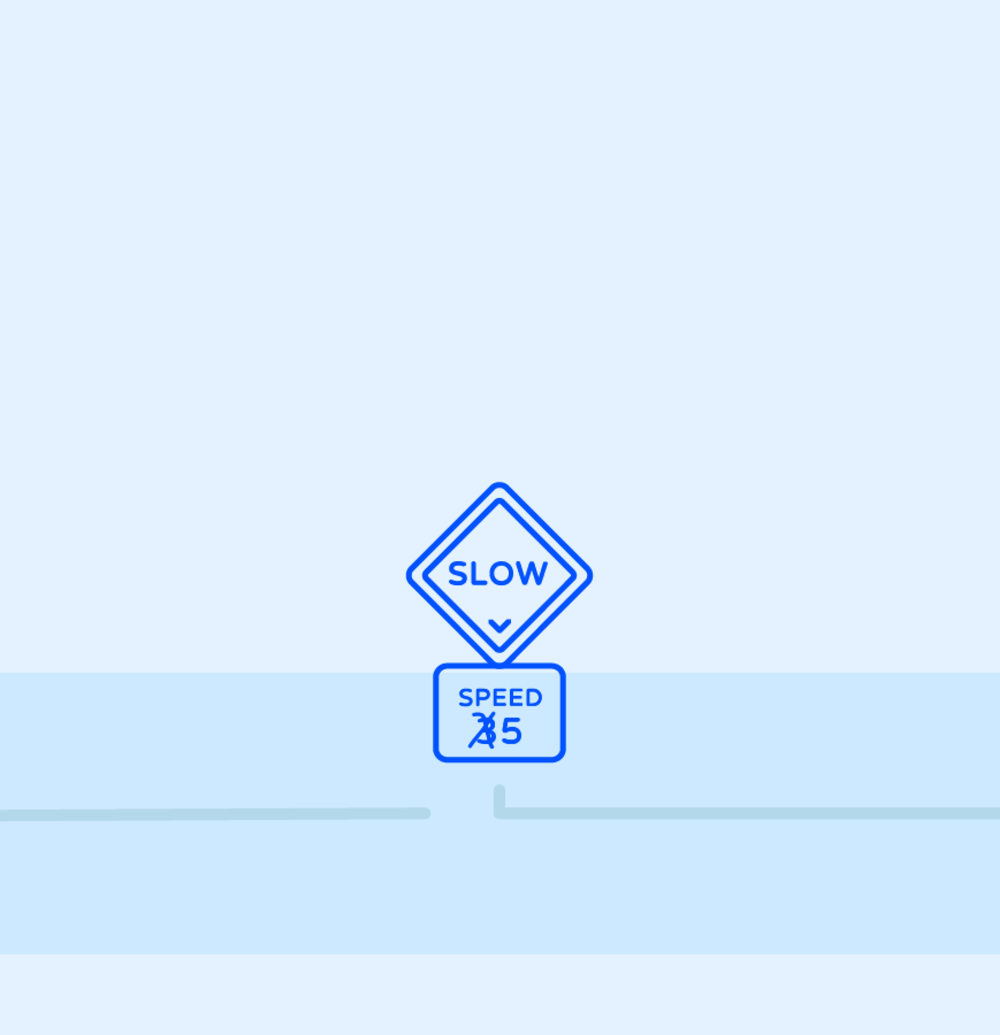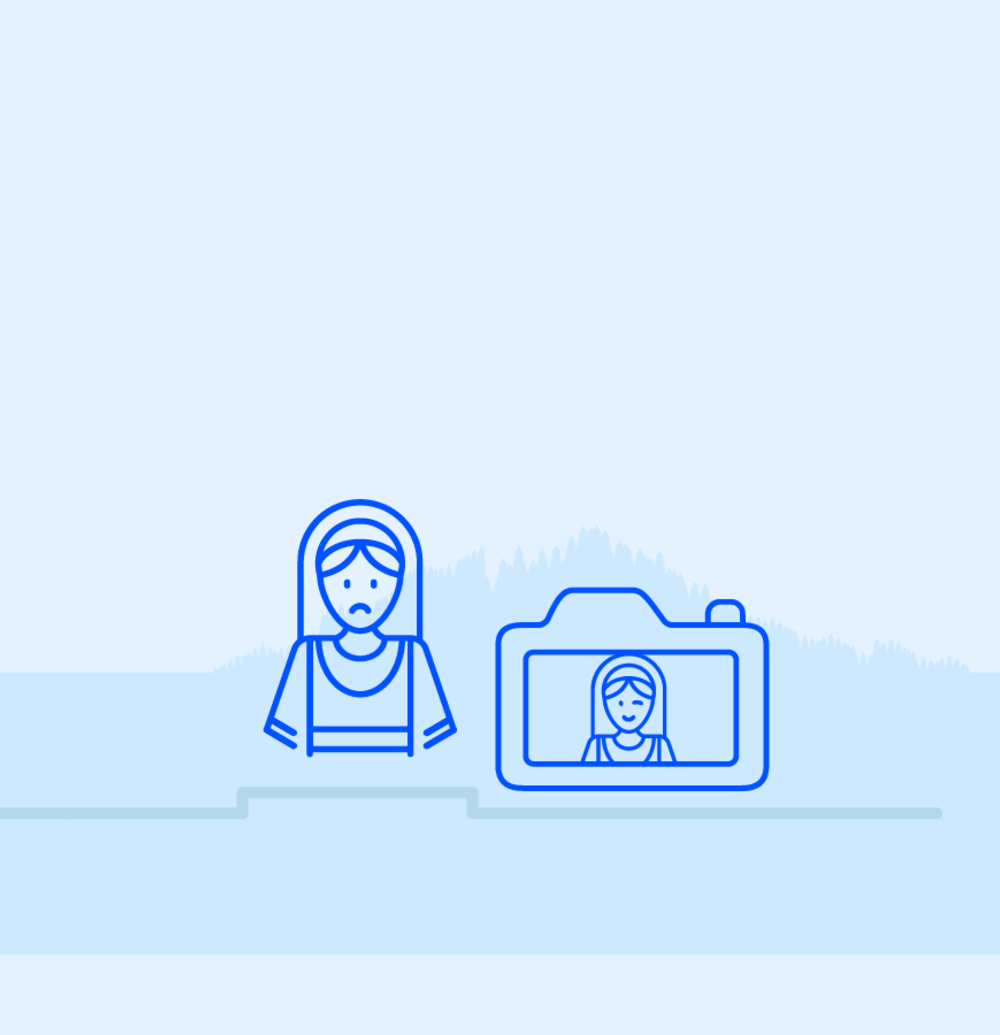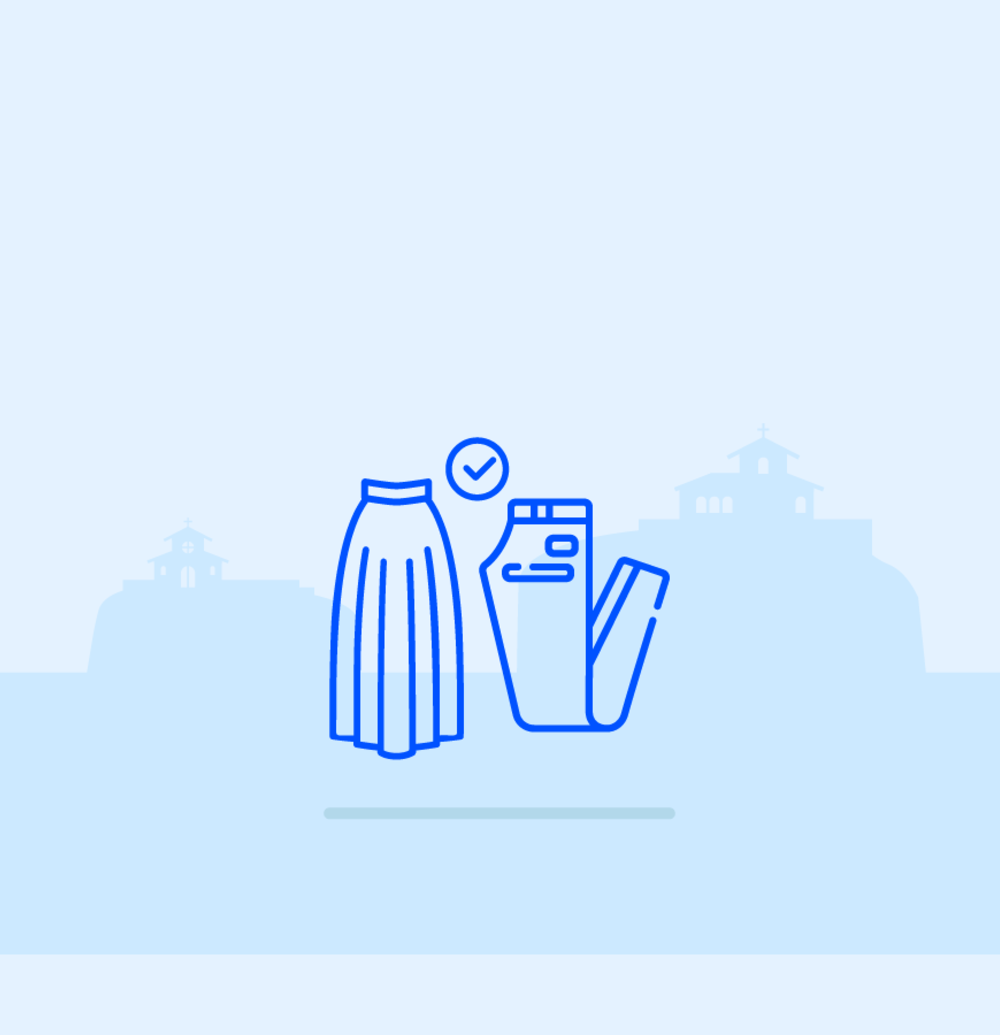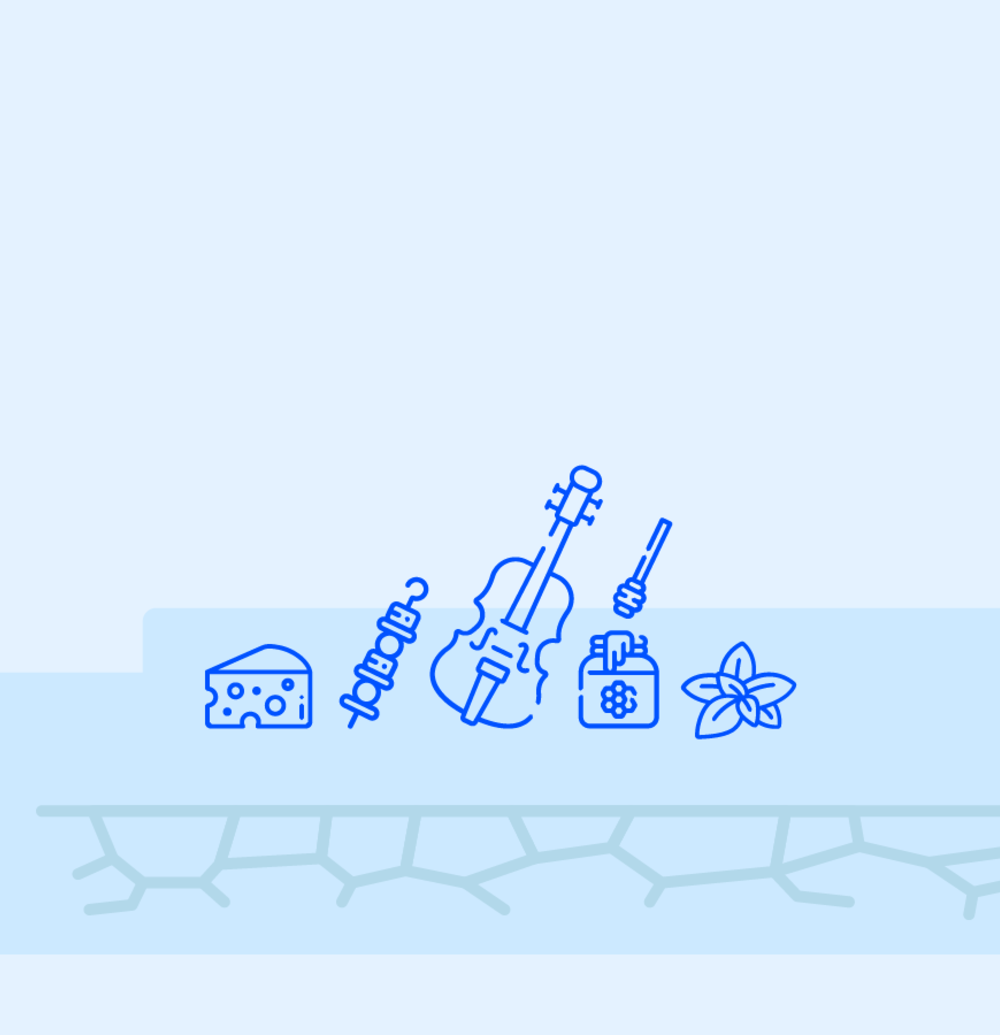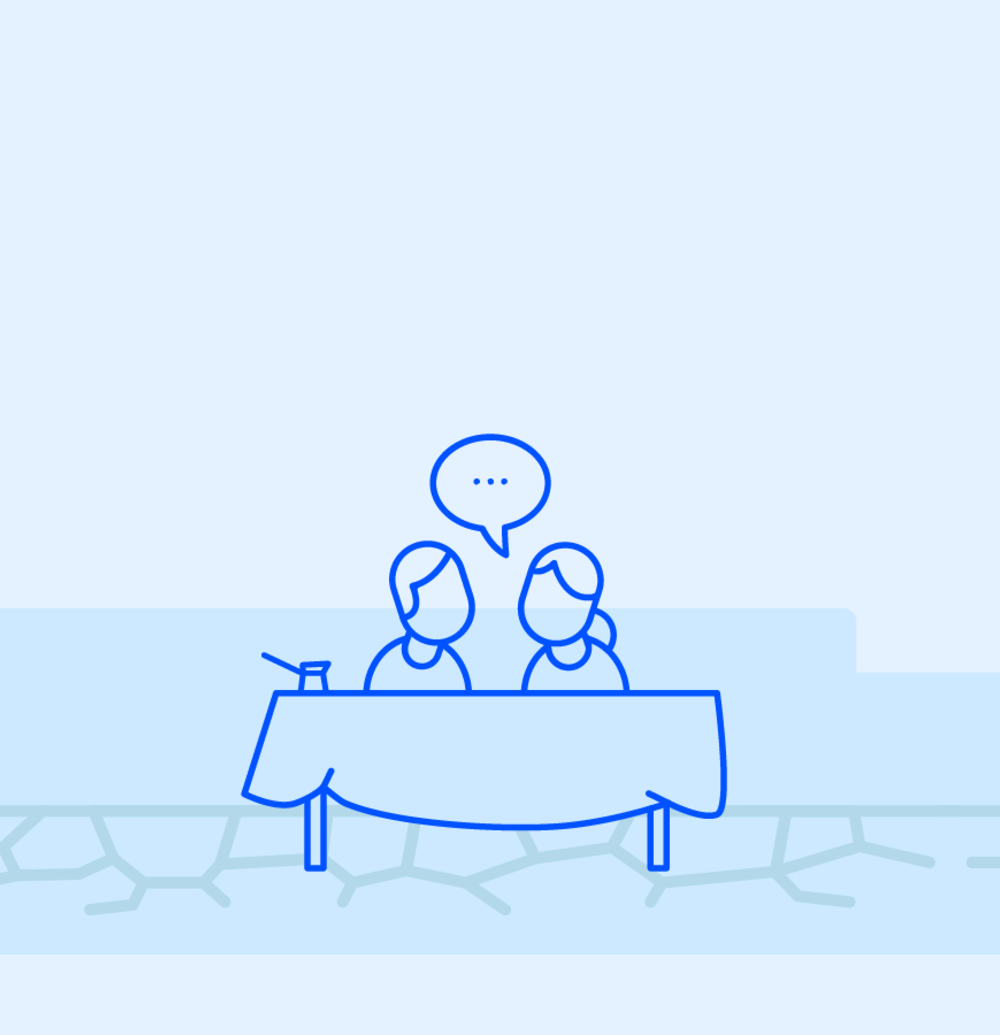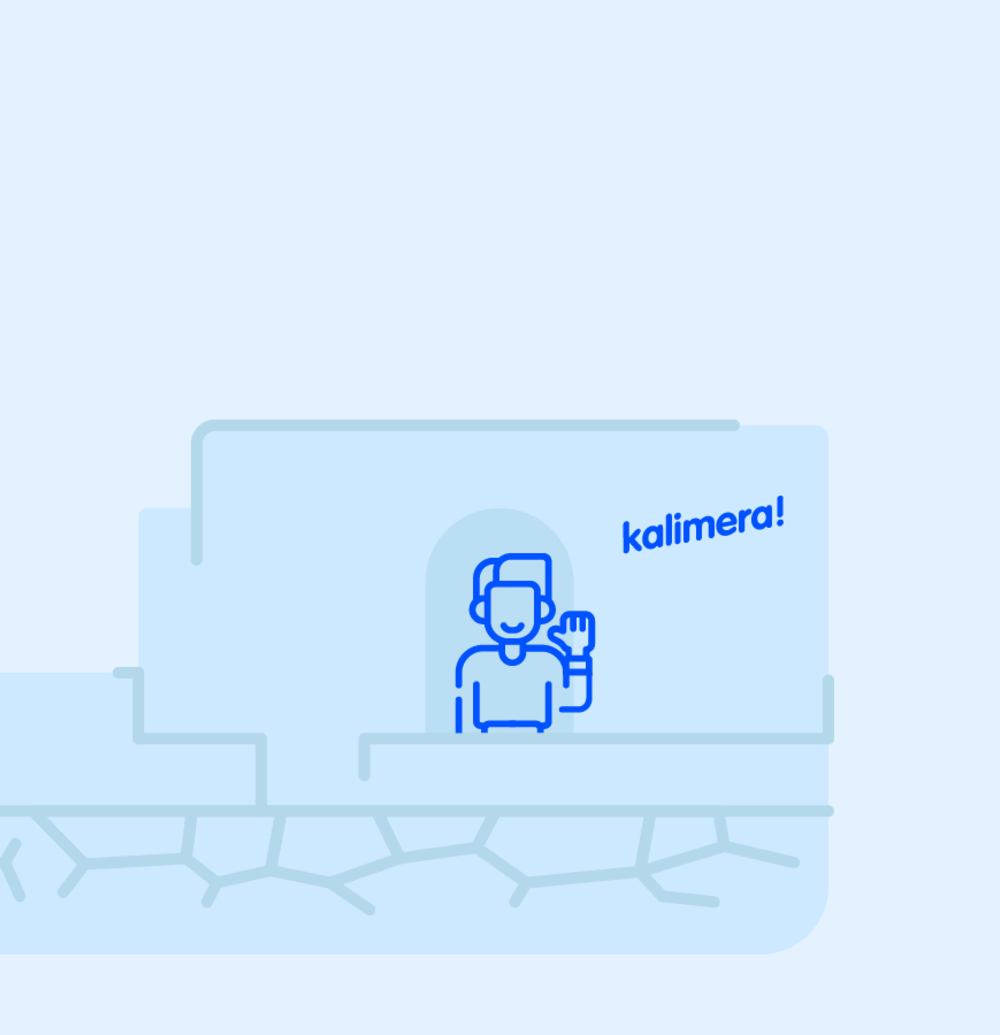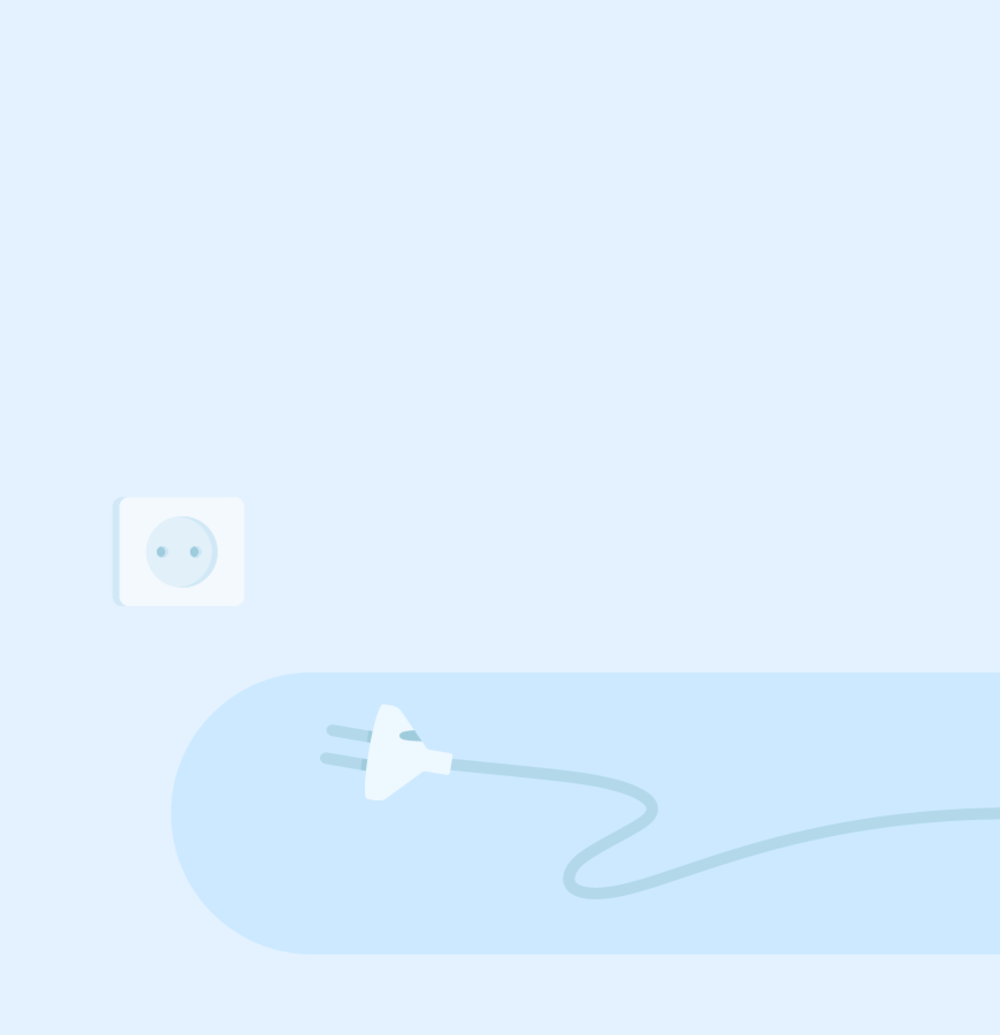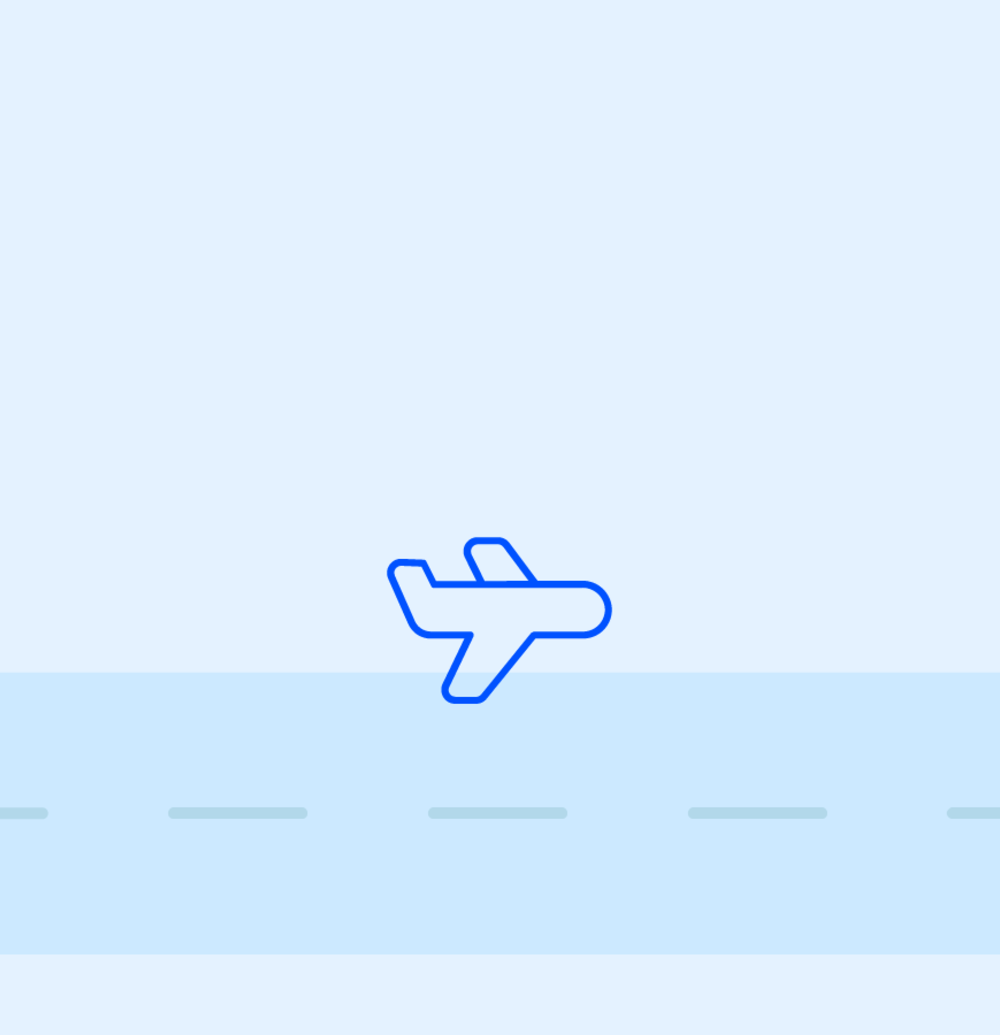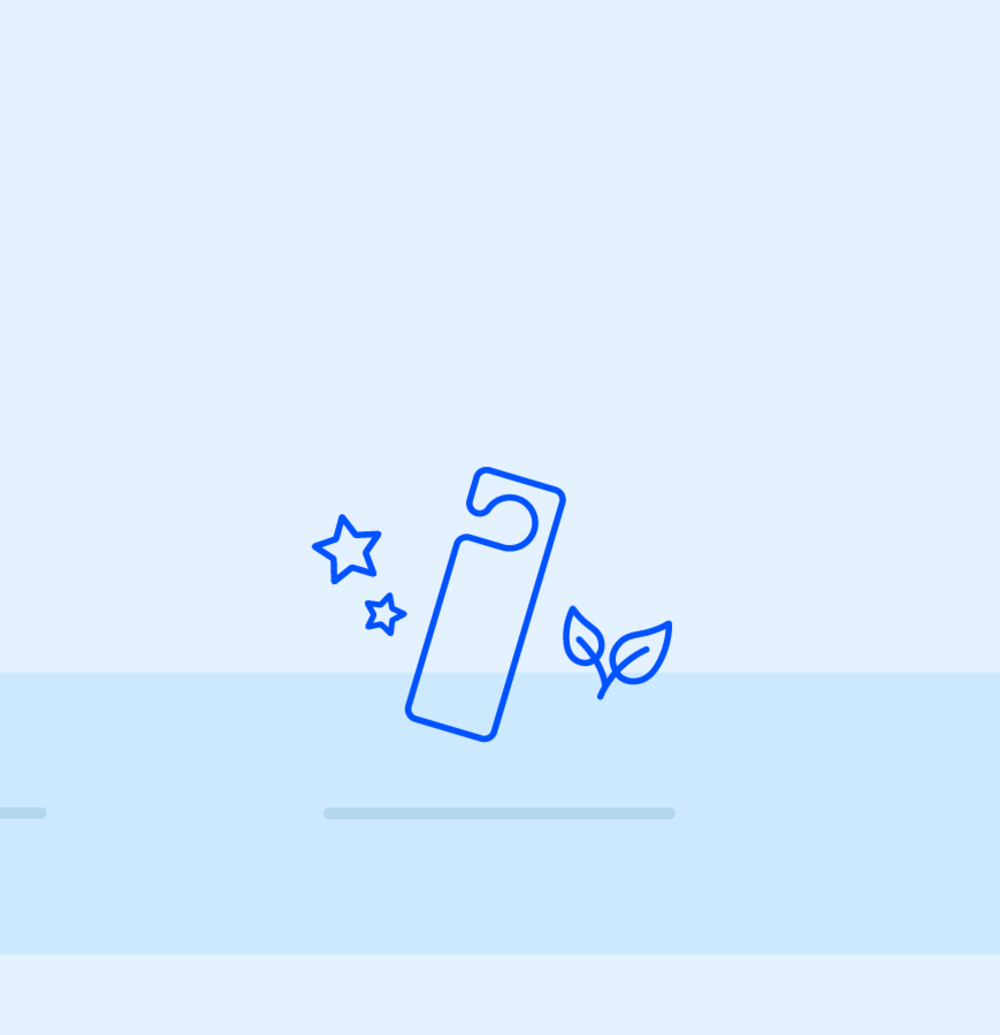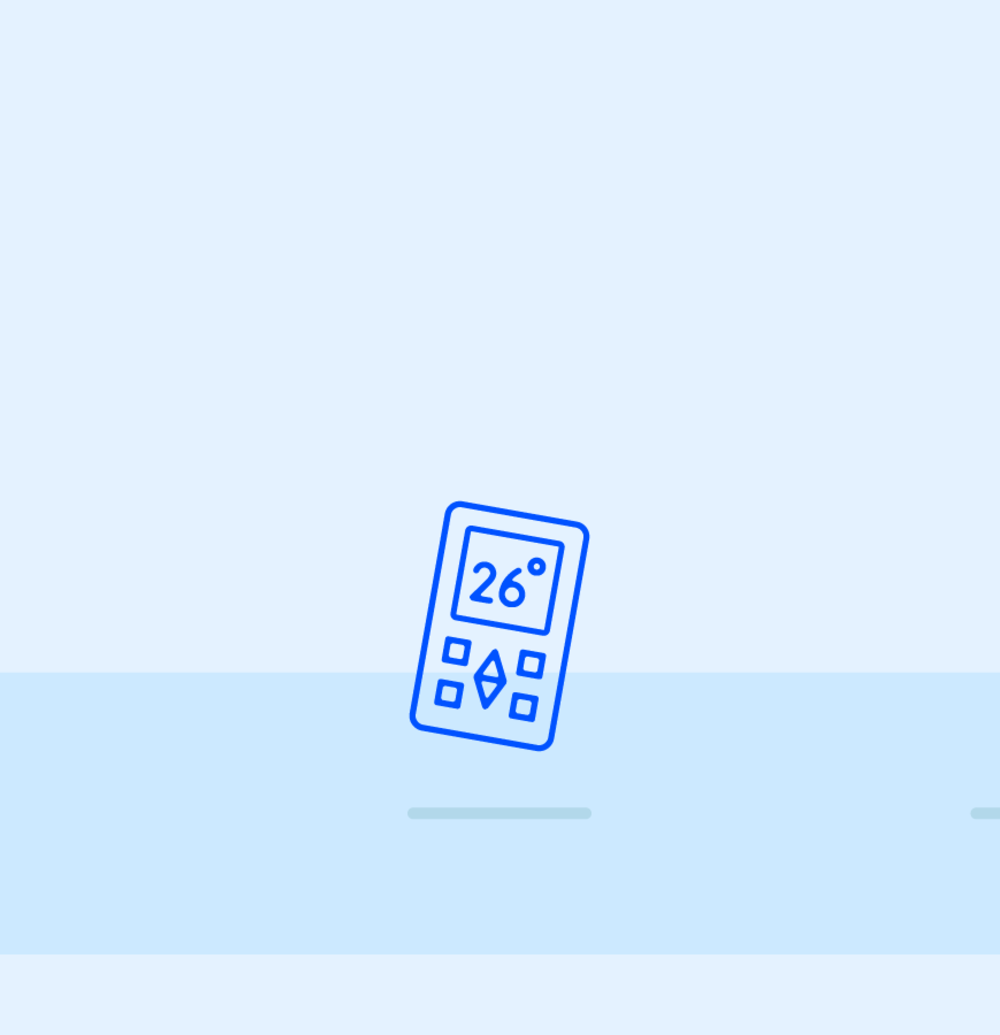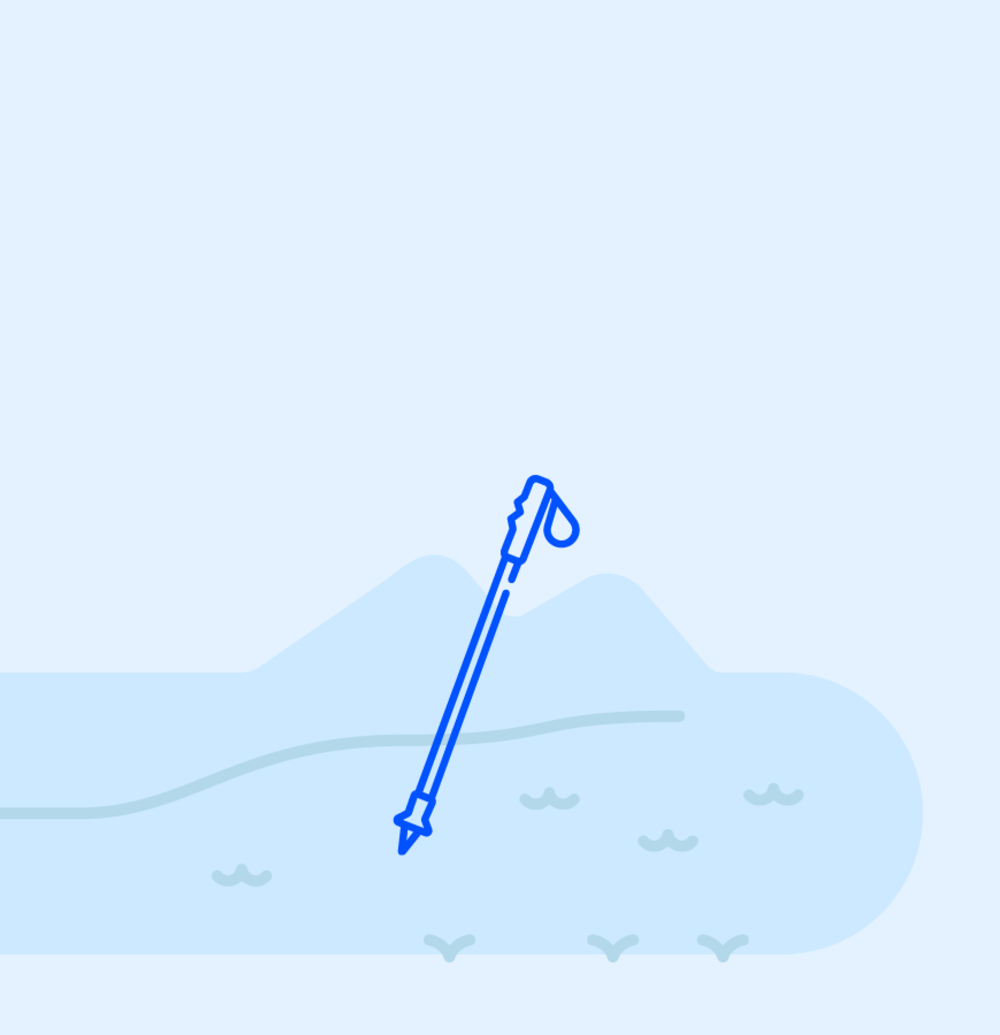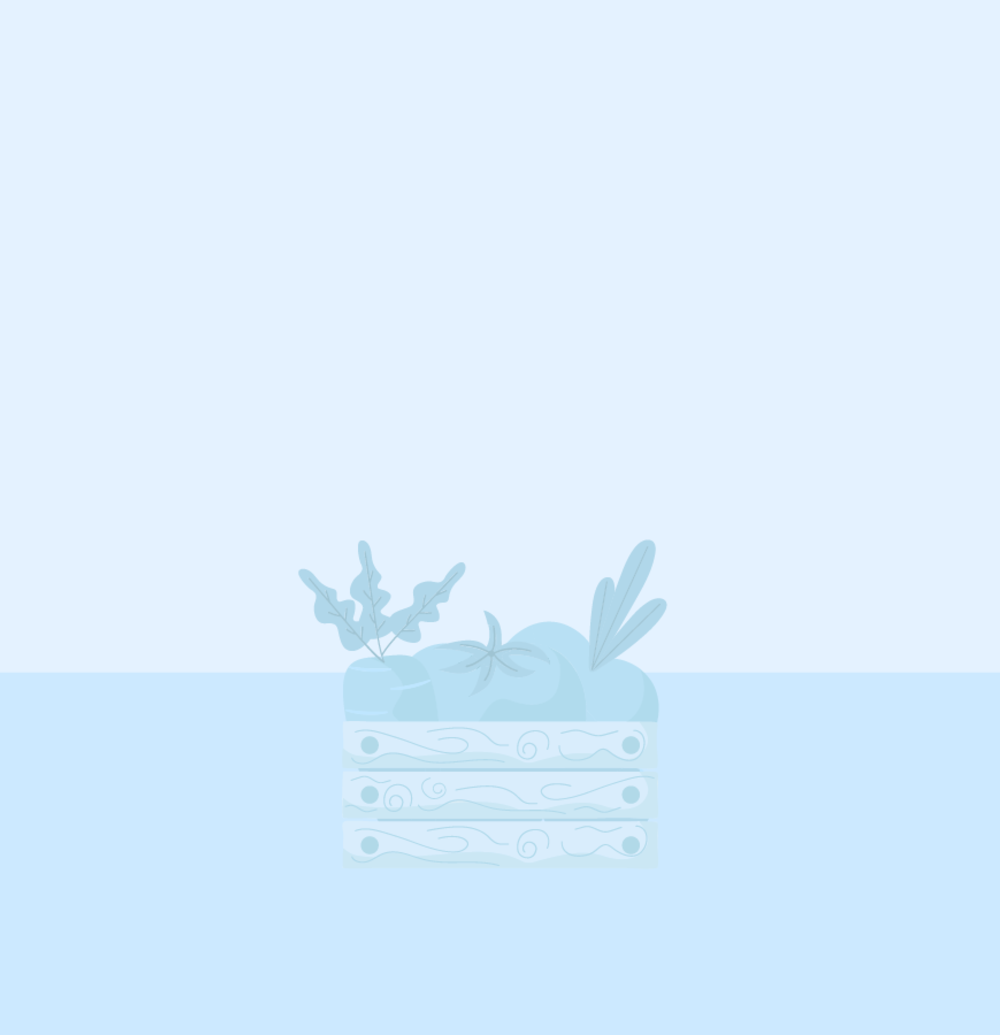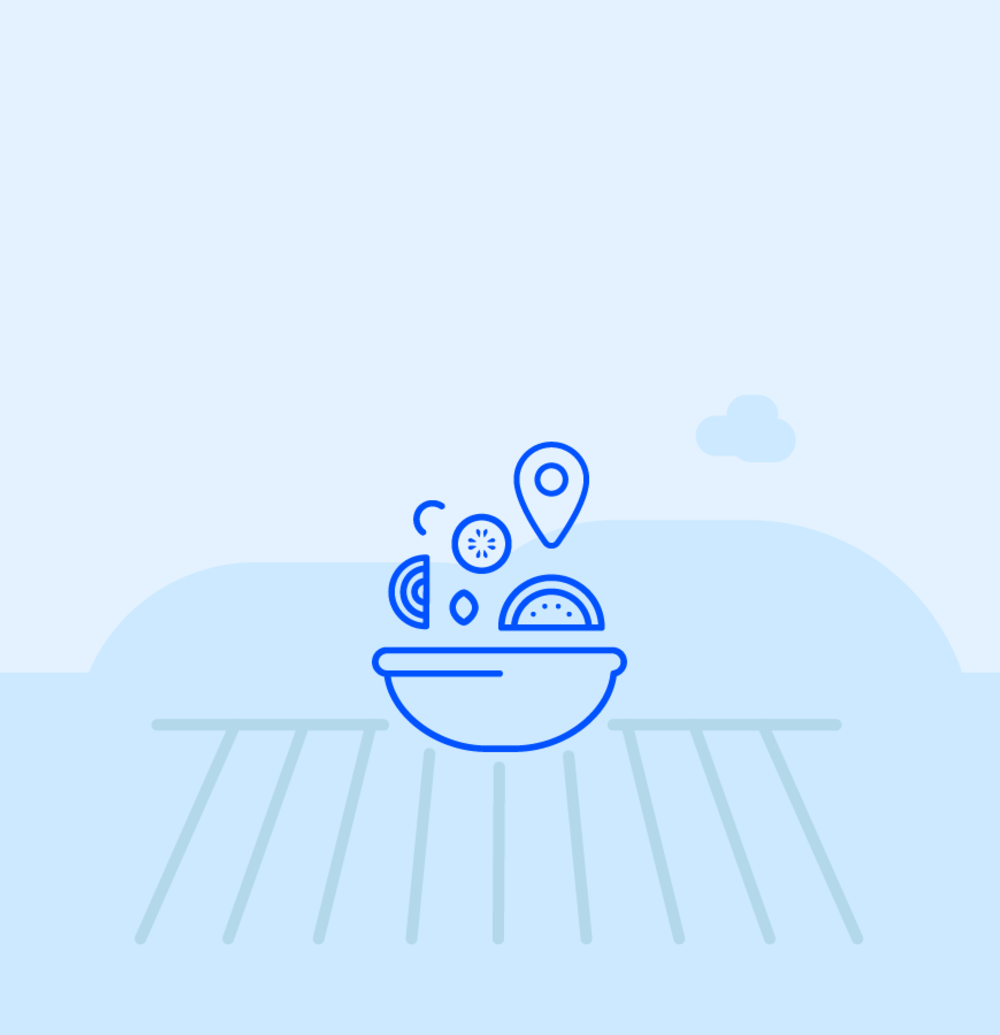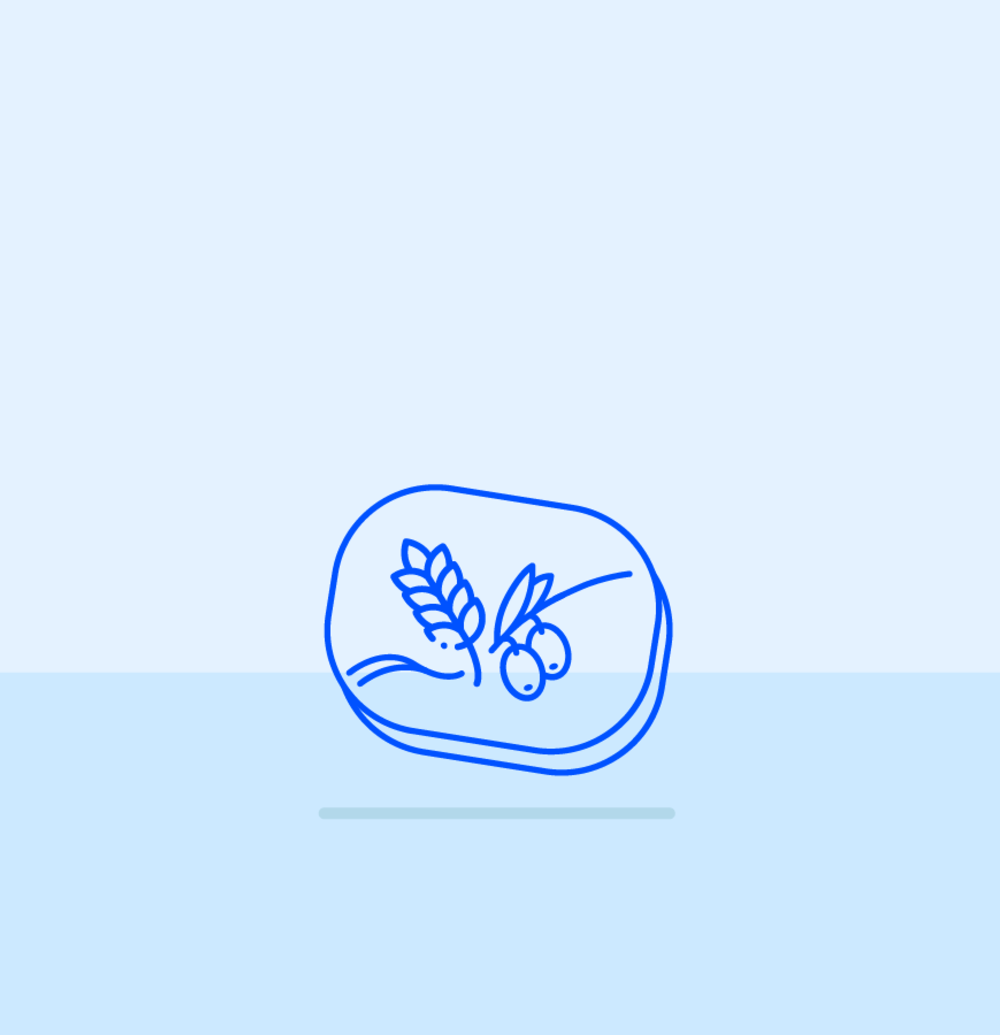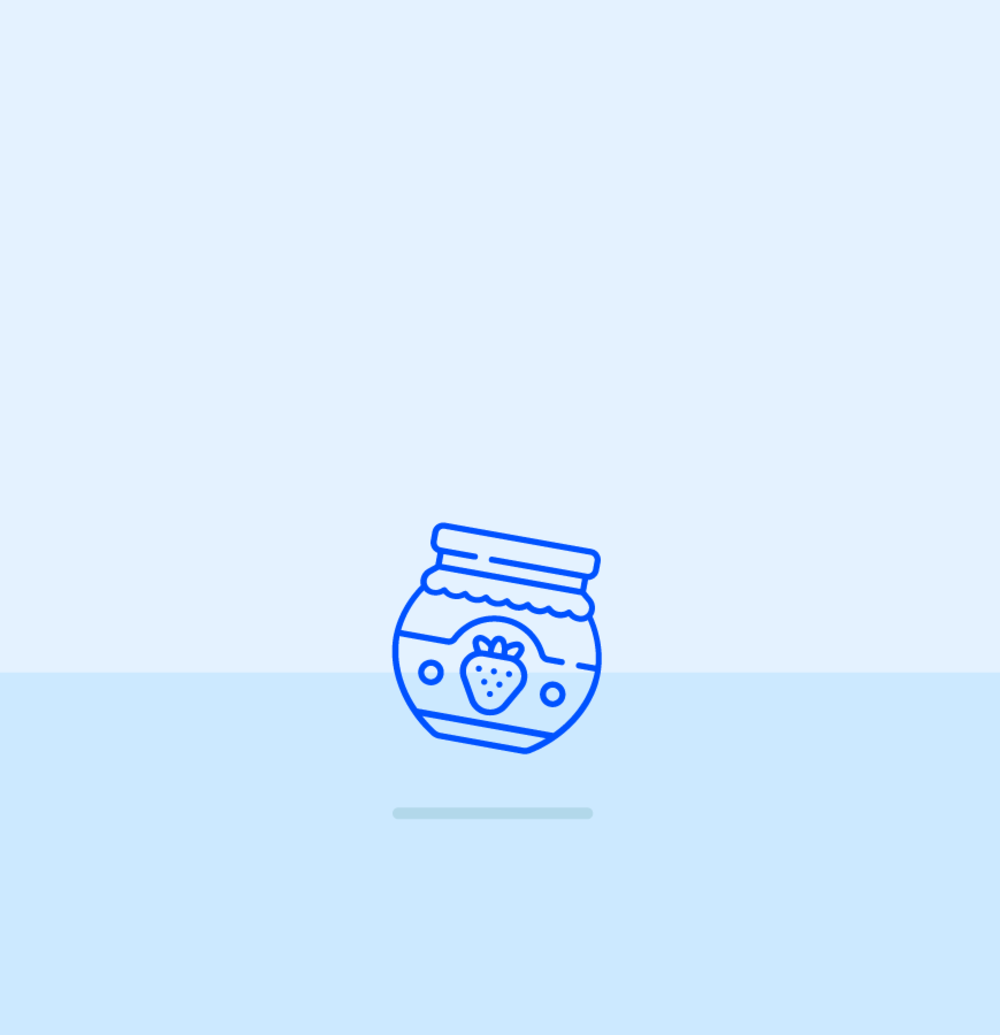Keeping your environmental impact as small as possible in one of the most popular holiday destinations in Crete isn’t easy. The very things that make Chania popular can also be its biggest danger – for instance, star beaches like Balos and Elafonisi getting overcrowded in high season.
So this sustainable travel guide to Chania is for the responsible traveller, including explaining why spring and autumn are ideal times to visit and where to find sustainable tours & experiences around Chania. You’ll find wine and olive tasting experiences, farm-to-table cookery lessons, arts & crafts workshops, hiking in the magical White Mountains and much more. We’ll help you make holiday choices that contribute to keeping traditions and small communities alive. And we’ll highlight all those small things that, together, make a big difference when it comes to prioritising environmental and social sustainability on your holidays in Greece.
CHANIA SUSTAINABLE TRAVEL TIPS
Go when and where it makes a difference
Choose the 'shoulder months' for your summer holidays
Who doesn’t love summer in Greece? What you might not realise, however, is that summer here lasts way longer than July and August – not just the hottest but also the busiest months. So by taking your summer holidays in Chania in May-June or September-October (the so-called shoulder months) you’ll be rewarded with better prices, fewer people, great weather, more personalised experiences and local communities in the mood to welcome you even more warmly. There will be no need to over-plan with restaurant and bar bookings or hunt for sunbeds and beach umbrellas. How does that sound?
Discover the magic of spring or autumn in Chania
Let’s get you even deeper into the authentic side of Crete. The thing about Greece’s largest island is that it has a large permanent population, with many shops, restaurants, hotels and activities operating throughout the year. Now add that it’s Greece’s southernmost (and so warmest) island and contains heaps of nature … and spring and autumn become even more enticing propositions, especially for eco-friendly activities. They’re great times to visit landmarks when they’re quiet and experience local traditions like Orthodox Easter (Crete comes into its own with this one) in April or early May or olive picking or rakokazana (a raki distillery experience) in autumn. And if you really want to bond with the locals, how about Christmas in Crete?
Stay longer ... it helps keep the crowds down
It’s a win-win when you think about it! We completely get it that July-August coincides with school holidays and many people’s summer leave from work. So if you do visit Chania during these months, one option to beat the congestion is to simply stay longer. That way you have the option of visiting Chania's landmarks at a quieter time of day and seeking out more remote beaches and experiences. Also, it’s better to travel fewer times a year for longer periods when it comes to sustainable and responsible tourism (especially for aircraft emissions).
Choose to stay in the less explored places
Chania is a big place. The name refers to both the city and regional unit of western Crete, with much of the middle taken up by the mighty White Mountains. There are plenty of less-explored coastal settlements and mountain villages with slow travel written all over them, meaning that choosing a small hotel or guest house couldn’t be easier. The Apokoronas villages (much more on them below) are gems packed with Cretan traditions and staying in Paleochora (and other nearby settlements) allows you to explore all the unique experiences in South Chania. You’ll find yourself slipping into the Cretan way of life in no time and feel extra special that you’re supporting craftspeople and contributing to keeping local businesses (cafes, tavernas, bakeries, grocers etc) alive.
Give Balos and Elafonisi the love they deserve
We totally get it … Balos and Elafonisi beaches are world-beaters. Once you’ve seen photos of them, you can’t unsee them and it will become a dream to walk on the pink-tinged sand and swim in their blue-green waters. Plus they’re both Natura 2000-protected … everything a responsible traveller in Chania could ask for. The problem is that during July and August, in particular, they get too full. Not only is it not going to be the experience you were expecting, but you’ll be contributing to putting the ecosystems at risk. So if you want to experience them, spring and autumn are the best seasons (it’s still warm enough to swim) and you can enjoy the colours and a picnic in relative peace and quiet … all the way through to sunset.
If your holidays to Chania are in the peak summer months, the first thing to say is that there are plenty of other beaches in Chania (more than 30 with Blue Flags). And if you do visit Balos and Elafonisi, explore a bit on foot to find a quieter spot. Finally, park your vehicle somewhere that doesn’t damage the plants and trees and if there are donkeys, please don’t ride them.
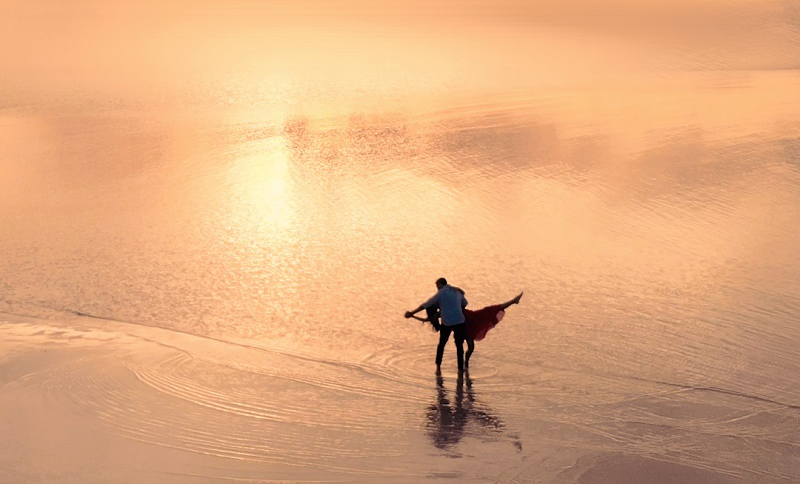
Photo by: Yaba Travelers
Support local traditions & small museums
Seek out handmade souvenirs
One of the joys of Crete is that there are plenty of little shops selling handmade products, all with a much lower environmental footprint than shops making mass-produced souvenirs. So when you get the opportunity, make sure to pop in and ask as many questions as possible. That alone will go a long way to keeping local artistry alive … as well as buying a souvenir or two, of course. In Chania town (but also in many coastal settlements and villages) you’ll find shops selling olive oil soaps, cosmetics made with local herbs, knitted bags, ceramics, textiles, canvas toiletries and tasteful jewelry and stationery … all handmade and totally original.
Discover the local craftspeople
Just as in Crete generally, Chania has a long tradition in craftwork, especially in workshops and small museums. Best of all, there’s a younger generation of craftspeople creating modern versions of the same products as their ancestors.
A few picks to get you started:
- Verekinthos Arts & Crafts Village (near Souda) with 18 workshops that include ceramics, silver and goldsmith, sculpture, glass making, painting, leather, sewing, fabric & textile applications, woodworking and musical instruments.
- Ceramic studios (including Brisimi Ceramic Studio, Leventzakis Ceramics and Tetraktis Ceramics Studio) for souvenirs & pottery lessons.
- Musical instrument workshops (including Tony Verikakis and Leonidas Lainakis) for custom-made Cretan musical instruments (lute, lyre, mandolin etc).
- Knife workshops (including O Armenis) continuing the tradition of crafting knives that are part of the traditional Cretan dress.
- Mosaic workshops (including the Marinella Mosaic Workshop) that teach traditional mosaic-making methods with ceramics, tiles and glass.
- Glassblowing workshops (in Kokkino Chorio, one of the Apokoronas villages) with glassblowers in action during the week and selling glasswork made from recycled glass.
Visit small museums & cultural sites
In a country with so many iconic cultural monuments, it’s worth considering that the more intimate cultural experiences often come at smaller museums and archaeological sites – especially when you see the popularity of the landmark sites in the summer months. The Archaeological Museum of Chania’s ultra-new and spacious building offers a smooth viewing experience but while you’re in the Halepa district, make sure to visit the Eleftherios Venizelos House, the one-time home (now a museum) of one of Greece’s most prominent statesmen and prime ministers. Elsewhere, the Centre for Traditional Folk Art (especially the Weavers of Crete display) and the Folklore Museum of Chania (recreating a typical 18th/19th-century Cretan house) are other cultural nuggets in town. Meanwhile, the Byzantine and Postbyzantine Collection is housed in the Monastery of Saint Salvatore behind the Firkas Fortress and has an impressive collection of mosaics, murals, ceramics, sculptures and coins from Chania’s Byzantine period. Finally, the Municipal Art Gallery has paintings, engravings and sculptures of Greek and local artists dating from the 18th century.
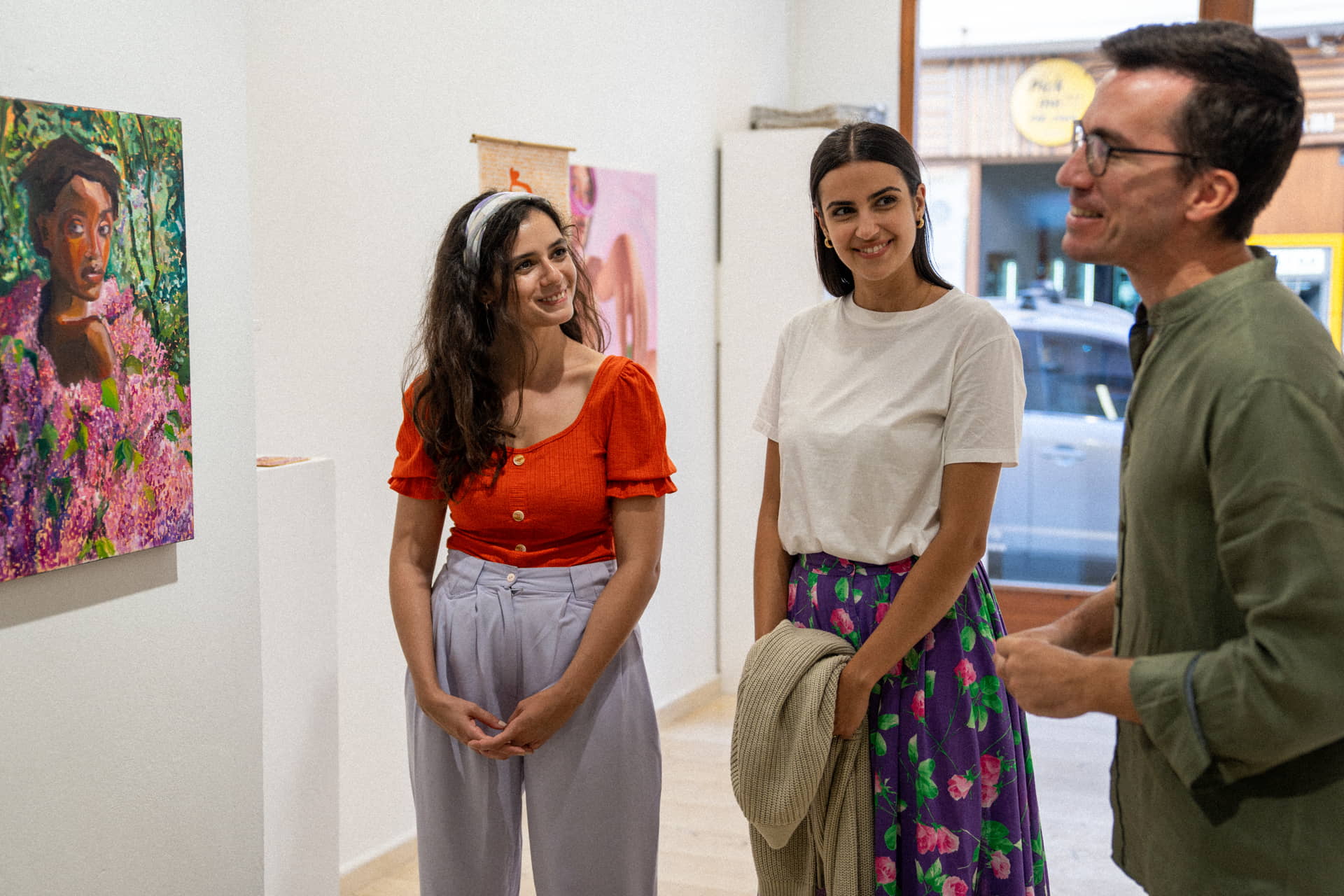
Outside Chania town
- Museum of Typography: A private collection of printing presses and other typography-related objects & tools from one of Chania’s original newspapers.
- Historical and Folklore Museum of Gavalohori: Depicting a traditional Cretan house, with kitchen tools and dishes, a loom and a wine press turned into a bed.
- Historical and Ethnological Museum of Therisso: Headquarters of the 1905 Revolution led by Eleftherios Venizelos, including weapons, photographs, newspapers and postcards.
- Archaeological Museum of Kissamos: In a prominent Venetian-era building within the Castle of Kastelli, with Minoan to Hellenistic period artefacts.
- Archaeological Site of Aptera: On a plateau above Souda, with Geometric (1000-685 BC), Hellenistic and Roman period remains, including fortifications, cisterns, a theatre and an ancient necropolis.
Be sustainable with all your experiences
Discover the hiking paths & gorges of Chania
You can’t get more carbon neutral than hiking, especially if it’s in one of Chania’s 22 Natura 2000-protected sites. The White Mountains are filled with gorges and footpaths, some within the E4 pan-European long-distance hiking route.
The king of hikes in Chania is in the Samaria Gorge, a 16km-long UNESCO-protected Biosphere Reserve with 450 species of plant and animal life (70 endemic to Crete, including wild goats and snake eagles). Also on the E4 hiking path are the Agia Irini Gorge to Sougia beach and the coastal footpaths from Sougia to Agia Roumeli and Paleohora to Sougia, as well as the path from Chrysoskalitissas Monastery to Elafonisi. Meanwhile, Imbros (in the province of Sfakia) is the third-most visited and Aradaina is the deepest gorge in Crete (at 138m deep, it’s also one of the longest bungee jump sites in Europe). And Lissos Gorge connects Sougia to Ancient Lissos. Alternatively, there are footpaths between the Apokoronas villages.
Many of Chania’s hiking paths are quite demanding so it’s worth using an experienced guide and be sure to check the weather conditions before setting out, especially in autumn and winter. If you haven’t booked an organised tour, the Mountaineering Club of Chania has info on the trails.
Set out on sea bikes on lake Kournas
Another Natura 2000 gem in Chania is Lake Kournas, Crete’s only fresh-water lake and a 3.5km perimeter paradise for exploring on paddle boats or for a lakeside stroll. If you love nature, this one’s for you. Ducks, geese, herons, cormorants and other aquatic birds as well as eels, water snakes, goldfish and a rare turtle inhabit the wetlands, with the White Mountains creating the perfect backdrop. You can take a dip in the lake in the summer and hike in the surrounding countryside. The perfect ending comes at one of the traditional tavernas in Kournas village.
Go wine tasting on a vineyard tour
With all those slopes and valleys in the foothills of the White Mountains being ideal for grape growing, it’s not surprising that Chania hides the second-largest number of wineries in Crete after Heraklion. So a vineyard and wine-tasting tour is your next responsible travel tip, not just to discover the wines of Chania but also to meet the producers behind the labels. There's a Protected Geographical Indication (PGI) for the whole of Crete, in addition to the region-wide PGI for Chania and a PGI for Kissamos, with Chania’s wineries growing all 10 indigenous grape varieties of Crete (Romeiko being the most popular) as well as the main European varieties.
A little bit of research will reveal the wineries closest to you but some recommendations (along with close-by villages) are:
- Manousakis Winery (Vatolakkos)
- Dourakis Winery (Alikampos)
- Karavitakis Winery (Pontikiana)
- Anoskeli Winery (Platanias)
- Pnevmatikakis Winery (Drapanias Kissamos)
- Mavres Winery (Keramia Katohori)
Delve deep into Chania's olive oil traditions
You’ll understand just how important olive oil production is to Chania from the acres of olive groves you’ll see travelling around the region. In the Apokoronas villages, there are olive mills that you can visit – some with original stone mills and others using modern olive pressing techniques. But wherever you go, you’ll agree that you really haven’t tasted extra-virgin olive oil until you’ve done it at one of Chania’s olive presses. Buy yourself a gift to take home and let the memories come flooding back with every drizzle.
A few suggestions for your itinerary:
- Violea Biolea: A family-owned olive press in Astrikas making organic olive oil using millstones and presses (within the PDO Kolymbari).
- Olive Farm: By Litsarda, one of the tiniest and most beautiful Apokoronas villages.
- Melissakis Olive Mill: A family-owned press in Tsivaras village, producing olive oil since the 1890s.
- Millo Petres (Kalyves Apokoronas): In Kalyves village, with traditional stone.
Have a raki distillery experience
Tsipouro (a white grape distillate) is a spirit enjoyed all over Greece, but Crete (where they call it tsikoudia or raki) has made it isn’t own. They offer it as a welcome to guests and drink it merrily with friends or with a Mediterranean meze. Best of all, the distillation process (known rakokazana) in around November has been turned into a celebration in villages all over Crete. Attending the annual rakokazana is one of the most authentic experiences in Chania but you can visit the family-run Peroulakis Distillery in Vamos (another Apokoronas village) at any time of year. You’ll learn about all the different types of raki and see the distillation process (including the original bronze stills).
Enjoy a cooking class & farm visit
It’s one thing to enjoy Chania’s incredible food and another to learn the secrets of Mediterranean cuisine from the people who know it best. Booking a cookery class lets you enjoy a farm-to-table experience with some of the purest ingredients you’ll ever handle. There are plenty of providers offering in villages and even farms (such as the Olive Farm in Litsarda and Neroulakia Farm in Stironas) where you get to pick your own produce first, while Fabrika introduces you to recipes like cuttlefish with fennel, snails with crushed wheat, stuffed vegetables, dolmadakia (stuffed vine leaves) and kalitsounia (sweet cheese pies) in a kitchen set up in a traditional olive press. Cretan Feast, in Maheri village, includes a botanical walk (you can book through Vamos Village), while the Botanical Park & Gardens of Crete near Fournes introduces you to fruit trees, herbs, spices and medicinal and decorative plants from Chania and all over the world.
Fill up on authenticity on a day village hopping
If you haven’t guessed by now, Chania’s villages are where the region’s heart beats strongest. They breathe authenticity and visiting allows you to immerse yourself in the culture and traditions of Crete, away from the crowds. It’s also a great way of supporting villages that might otherwise start to empty as residents are forced to look for work in towns and cities.
There are 34 Apokoronas villages in all (by the coast and in the White Mountain valleys) and there’s plenty for travellers committed to sustainable and responsible tourism in all of them. Vamos is the liveliest, with an olive press and a nearby vineyard, as well as the 13th-century chapel of the Virgin Mary and Karydi Monastery. Elsewhere, the multi-activity Esmiya Cooperative in Douliana specialises in local products and Cretan meze and Mandali in Kournas village has exceptional extra-virgin olive oil and honey to buy. Gavalohori is famous for its traditional coffee shops, Fres for the Panagia of the Two Rocks church, and Vrises for its running water throughout the year.
Go green with your sea fun
Your next sustainable experience in Chania comes on the beach… or rather, off the beach. By choosing a zero-impact sea sport, you’re not just cutting down on potential damage to the marine environment but you’re choosing the best way to enjoy the sea. Stand-up Paddleboard, wind & kitesurfing, snorkelling … they’re all available at many of Chania’s beaches. Or what about an organised kayak tour along the coast? Take your time and enjoy the scenery. It doesn’t get much better than this.
Go big on the local cuisine
Learn how to order like a local
The last of our sustainable travel tips in Chania comes even before you’ve arrived. A little bit of research goes a long way when it comes to knowing how to order in a taverna. You won’t just avoid the clichés and repeat your food order every day but you’ll keep up the demand for local dishes and help spread the word to others to be more adventurous.
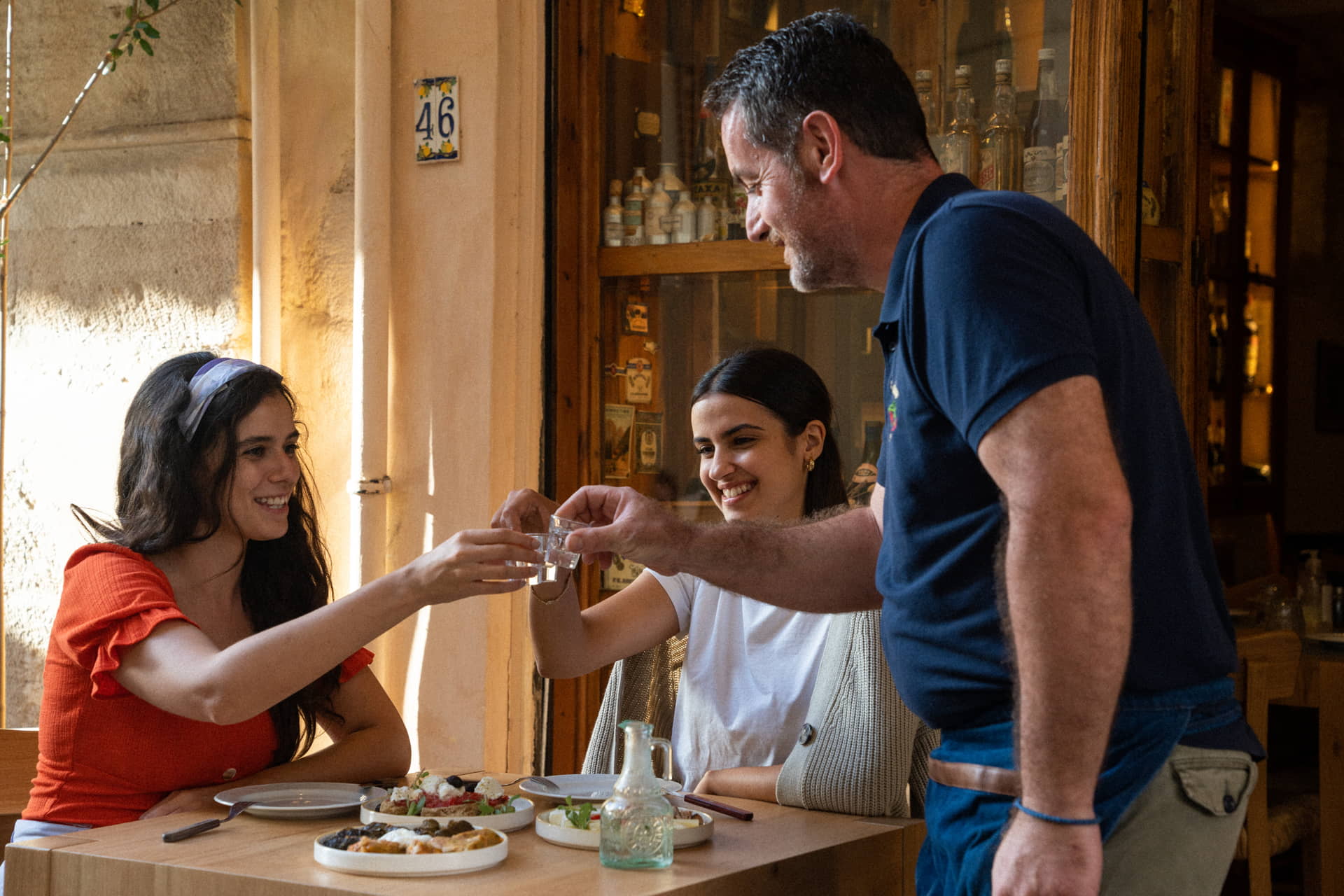
A few Cretan specialities:
- Dakos: Crete’s best-known salad, with softened barley rusks (paximadia) and topped with chopped tomatoes and crumbled feta or myzithra cheese, with or without olives (dà-kos)
- Kalitsounia: Small cheese pies (also with myzithra) and drizzled with honey (kali-tsoù-nia).
- Marathopites: Round pancake-like pies filled with fennel (mara-thòpi-tes).
- Boureki: Layered potato and courgette (or pumpkin) bake, with myzithra cheese and mint (bou-rè-ki).
- Chochlioi boubouristi: Pan-fried snails with olive oil, rosemary and vinegar (ho-hli-ì bou-bou-ri-stì).
- Skioufichta makarounia: Hand-rolled, flour and water pasta (skiou-fi-tkà ma-ka-roù-nia).
- Gamopilafo: Rice cooked in broth (ga-mo-pì-lafo).
- Stamnagathi: Lamb cooked with wild greens (sta-mna-gà-thi).
- Antikristo: Lamb cooked by an open flame (anti-kri-stò).
- Kalitsounia lichnarakia: Cheese pies with cinnamon-flavoured pastry with honey (ka-li-tsoù-nia li-hna-rà-kia).
- Sfakianes pites: Little pancakes, originally from Sfakia, with xynomizithra cheese and a drizzle of honey (sfa-kia-nès pì-tes).
Chania sustainability drive in numbers
- More than 15 hotels with Travelife certification
- More than 45 hotels with Green Key certification
- 38 Blue Flag beaches in 2023
- Approximately 13,000 tonnes of recyclable materials (paper, glass, plastic, metal) gathered over 10 years *
- About 45,500 tonnes of compost produced over 10 years *
- About 49,000 tonnes of green and bulky waste gathered over 10 years *
* Source: DEDISA (Intermunicipal Solid Waste Management Enterprise)
Your guide to sustainable travel in Chania
So what sustainability goals are you setting for your holidays in Chania? Are you looking for less-visited beaches and cultural sites or concentrating on nature holidays? And what about a cookery lesson in a mountain village? Or it could just be about when you’re planning to take your holidays. Whichever way, just by showing the way, you’ll be helping grow sustainable travel in Greece. So a big thank you in advance.
